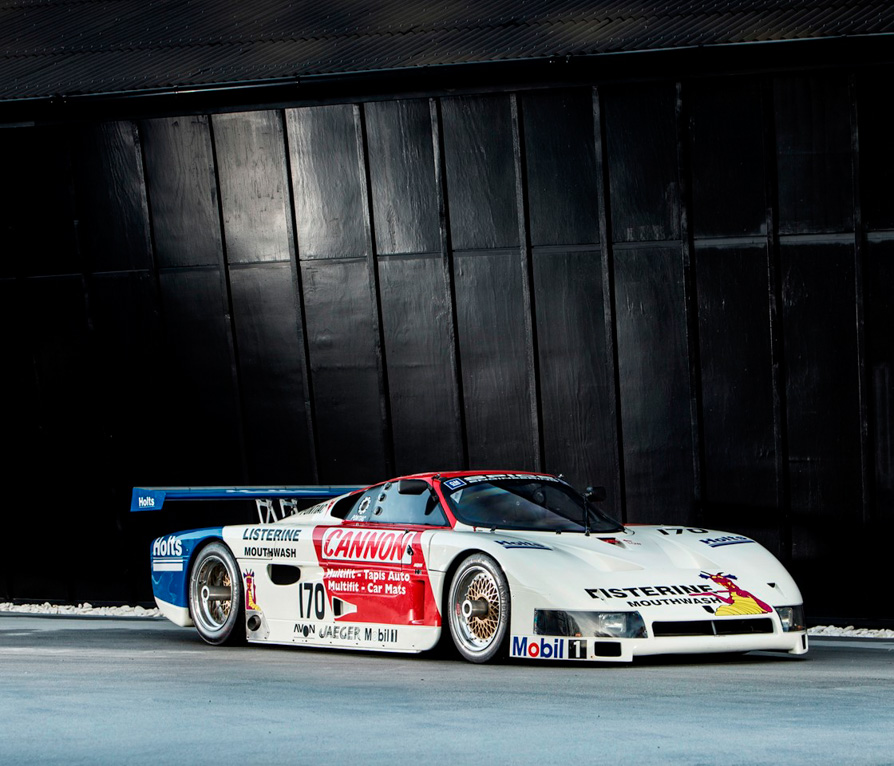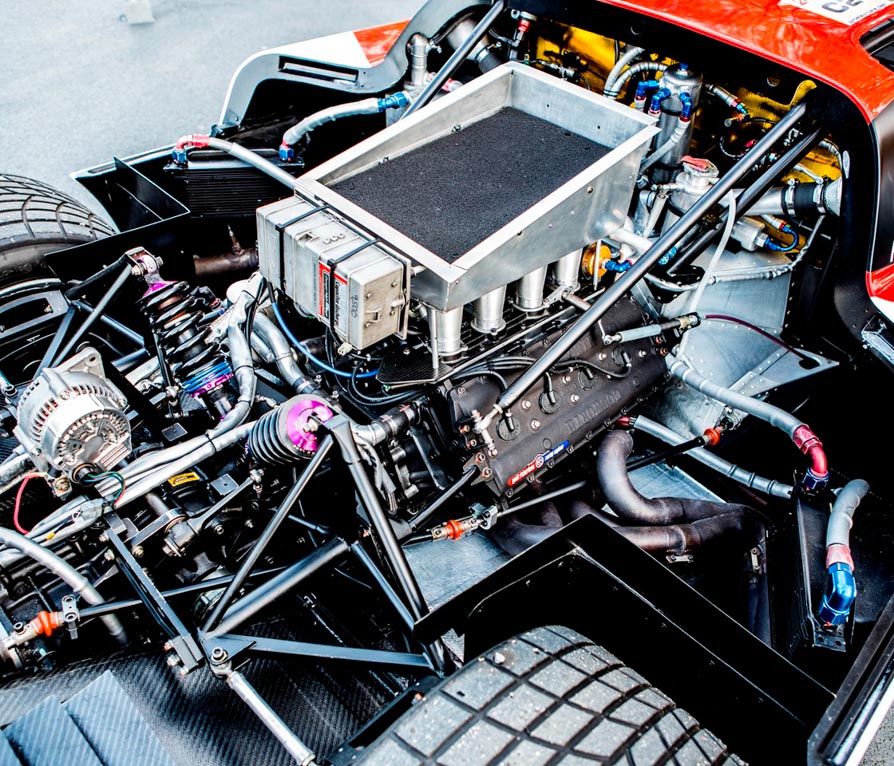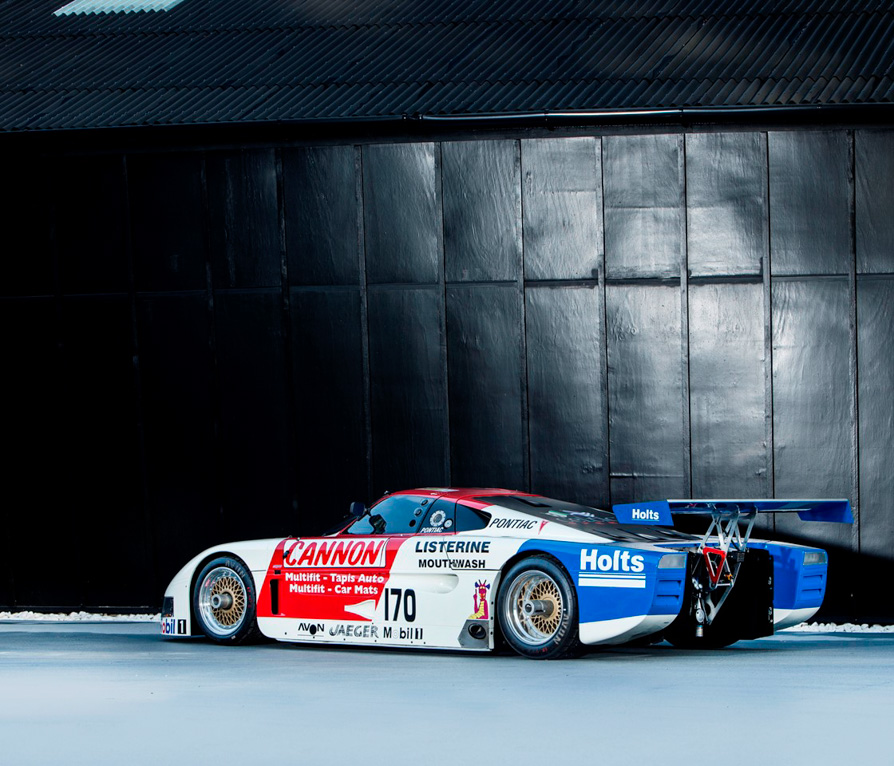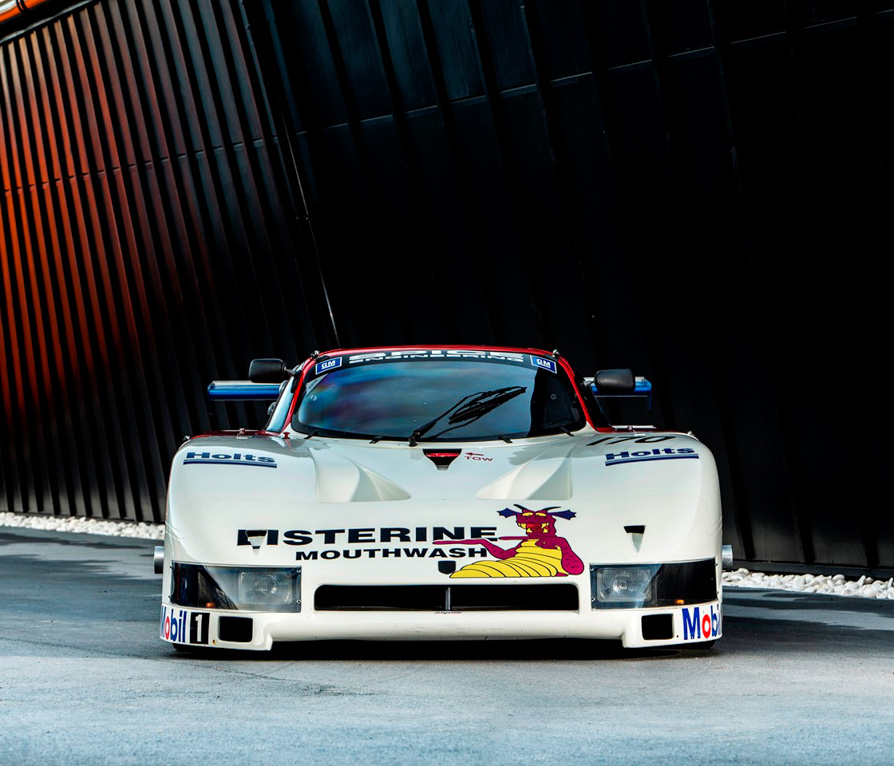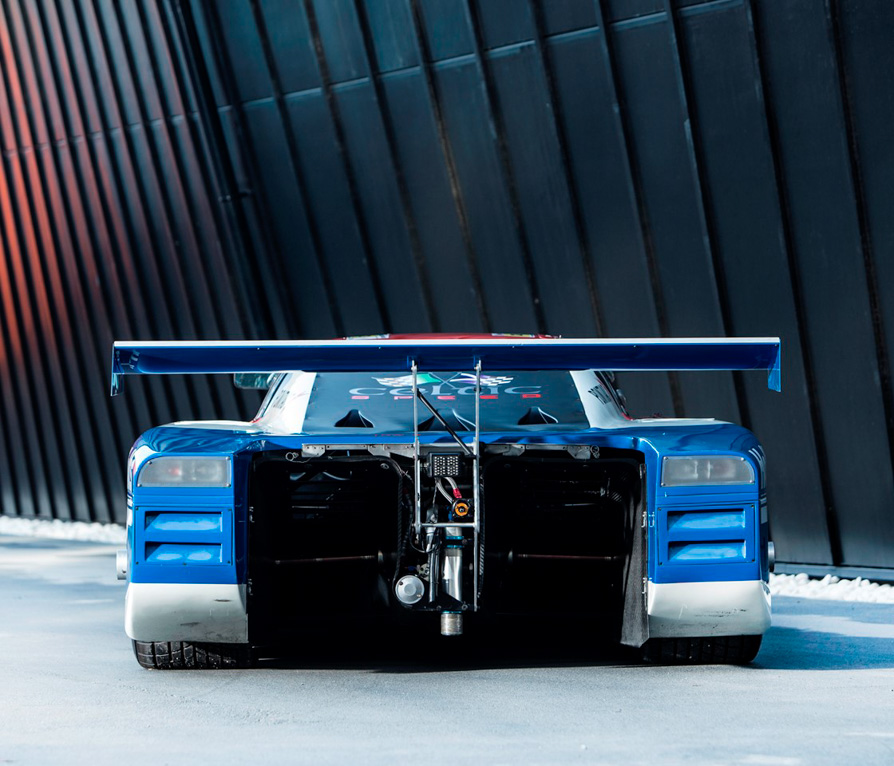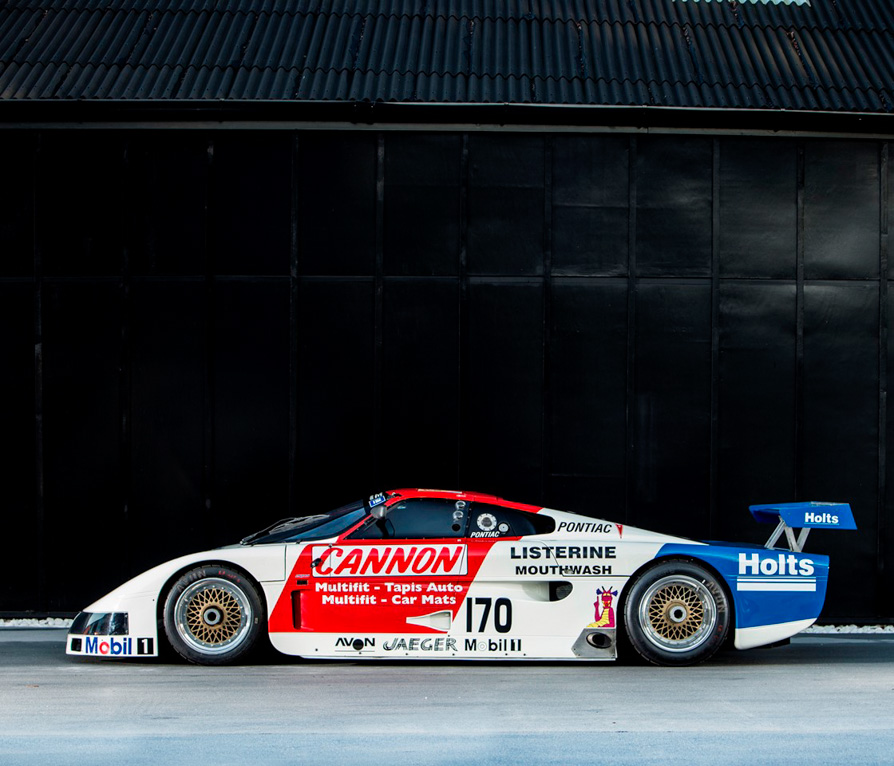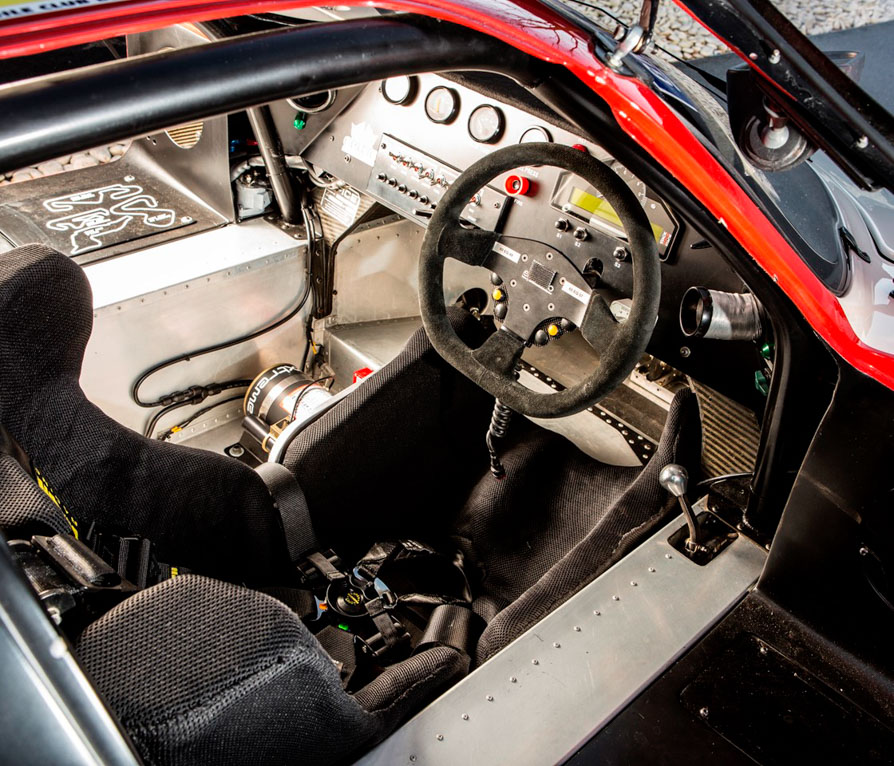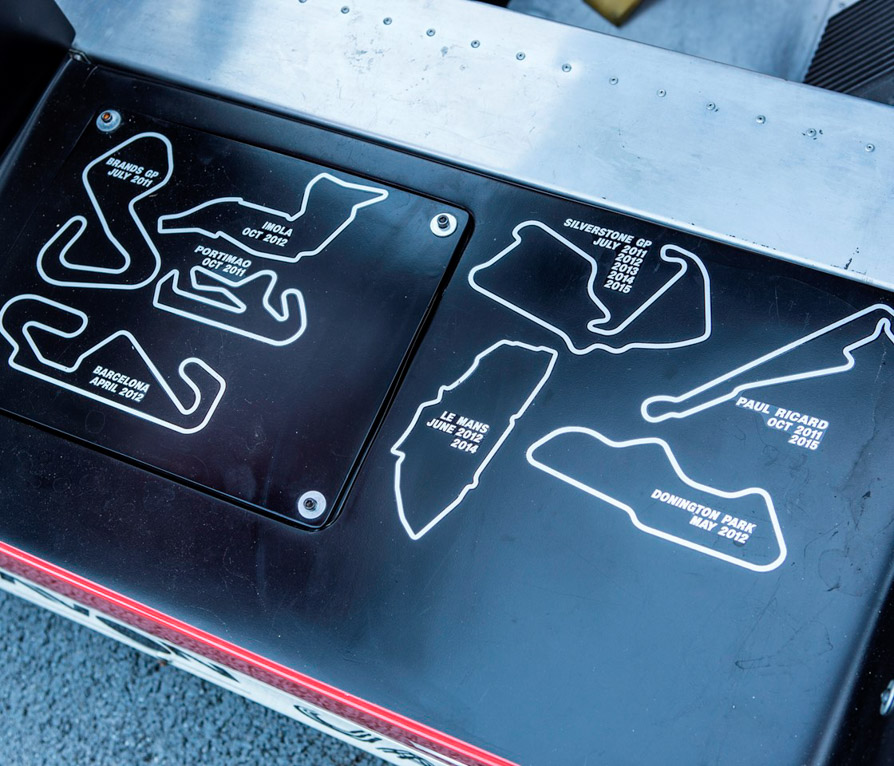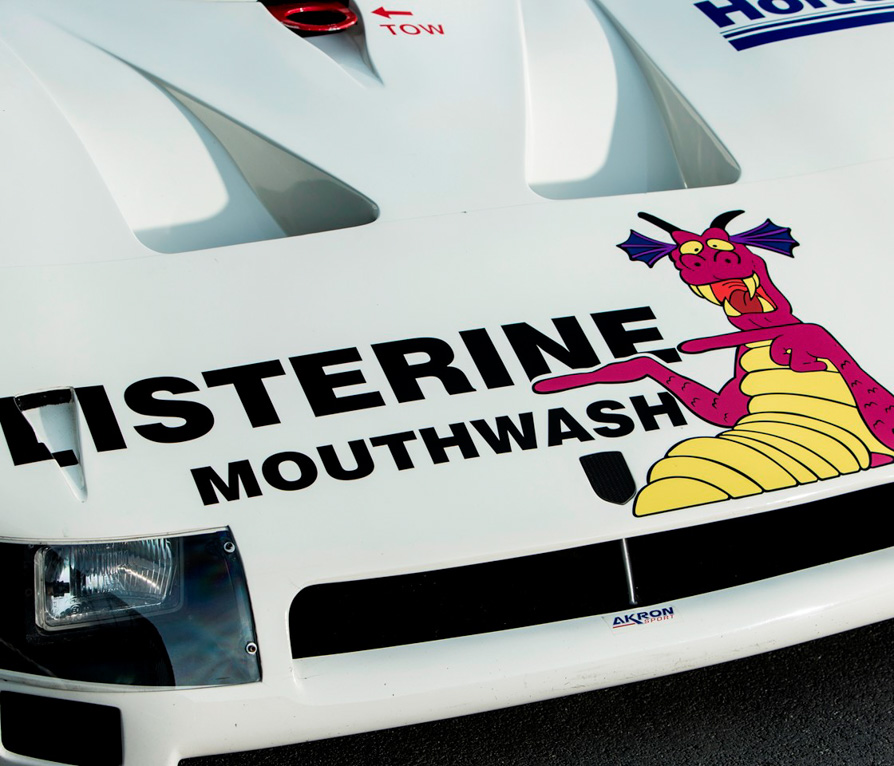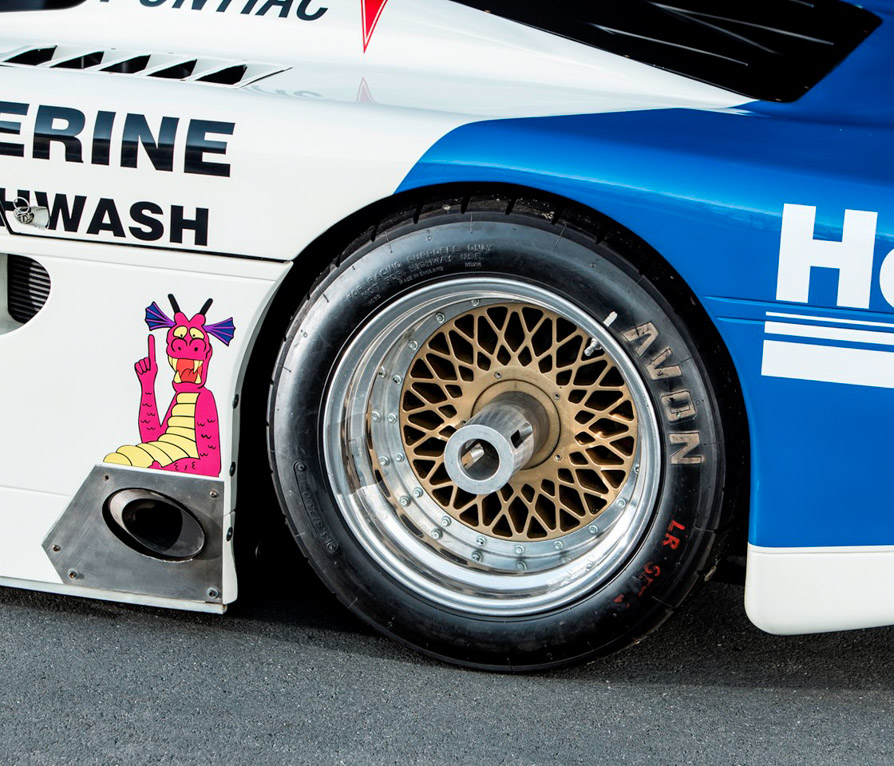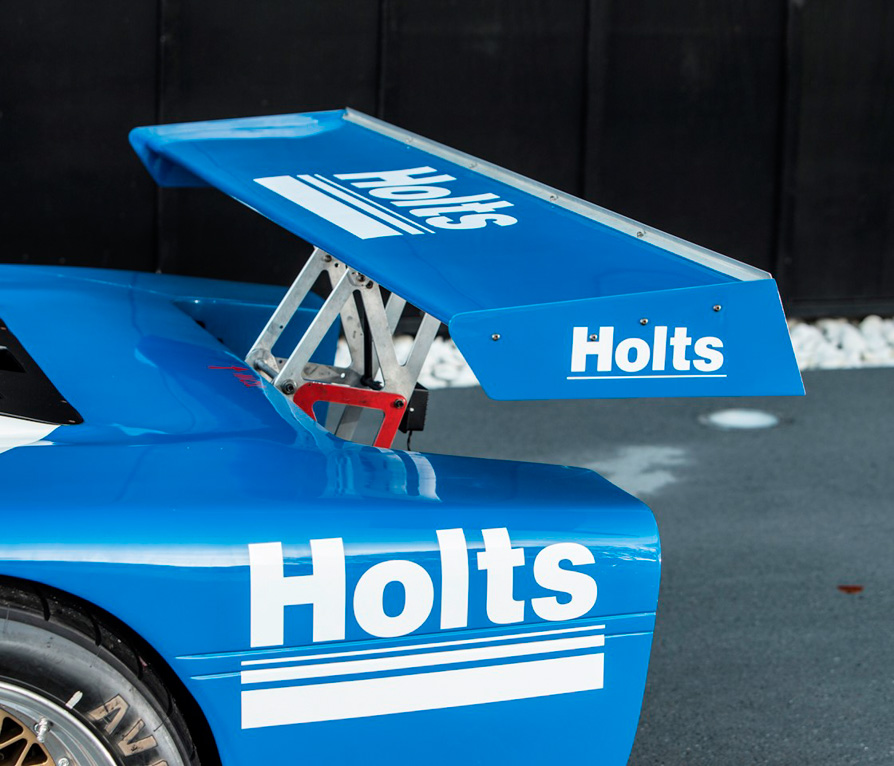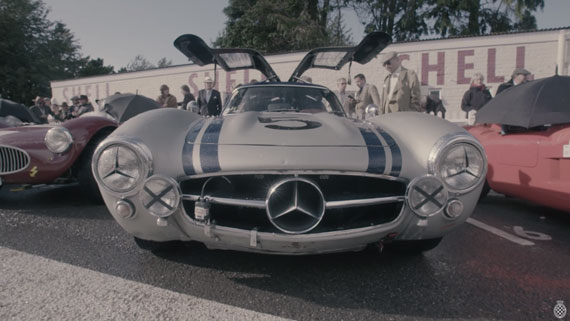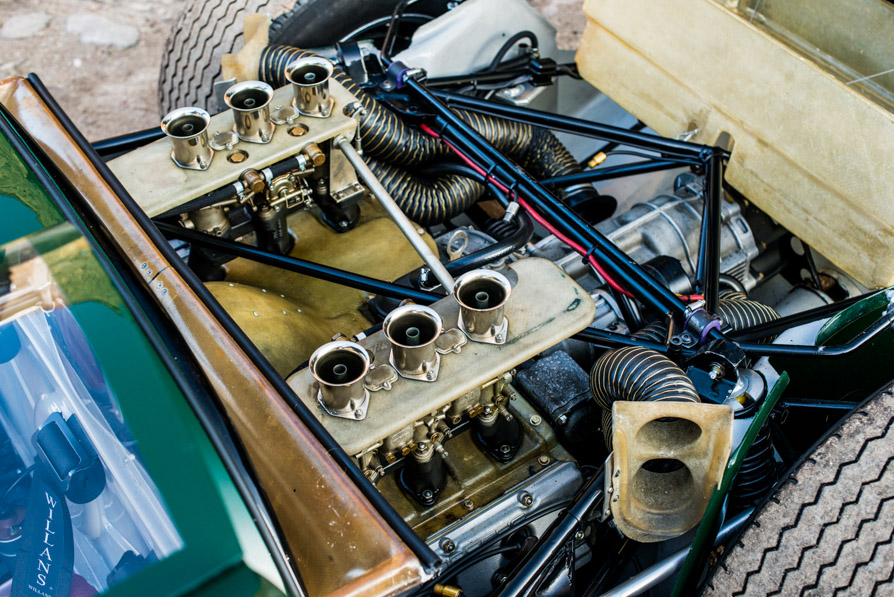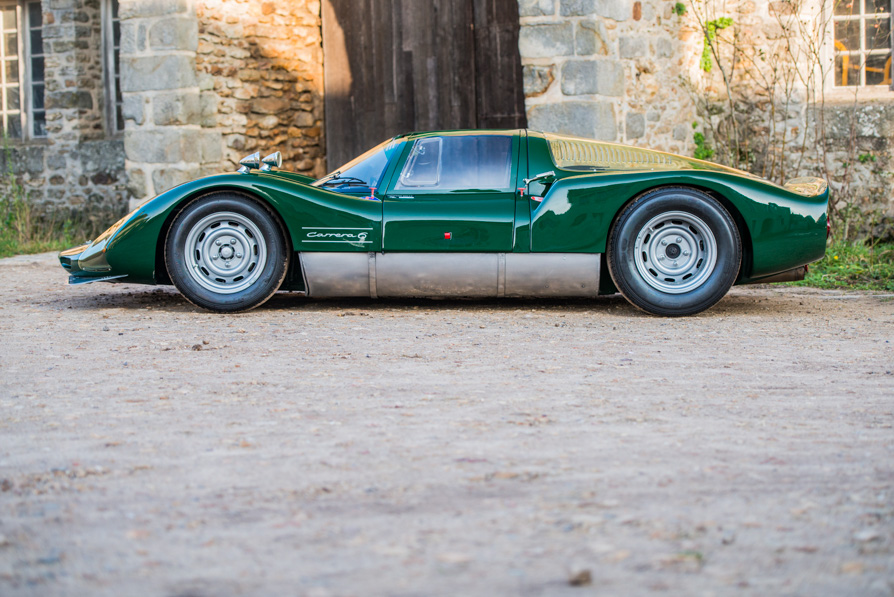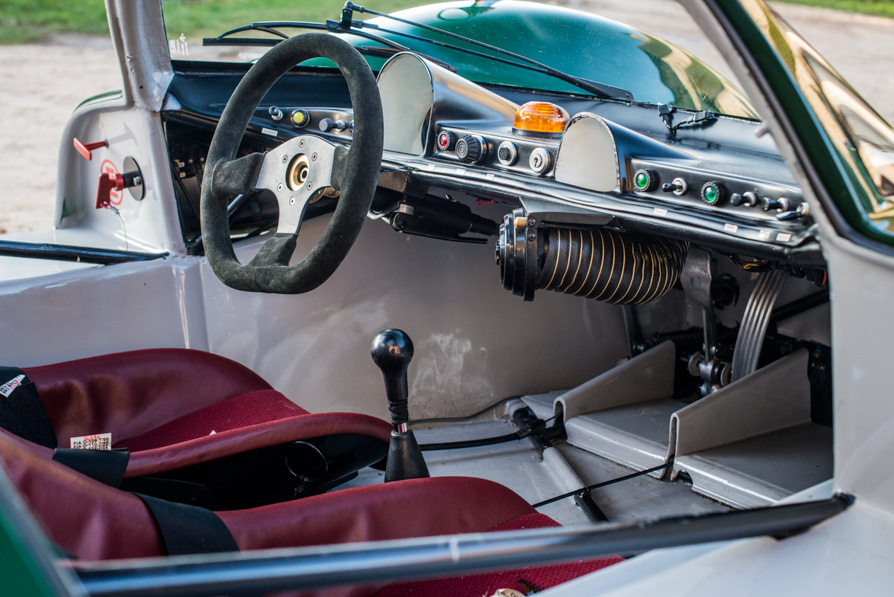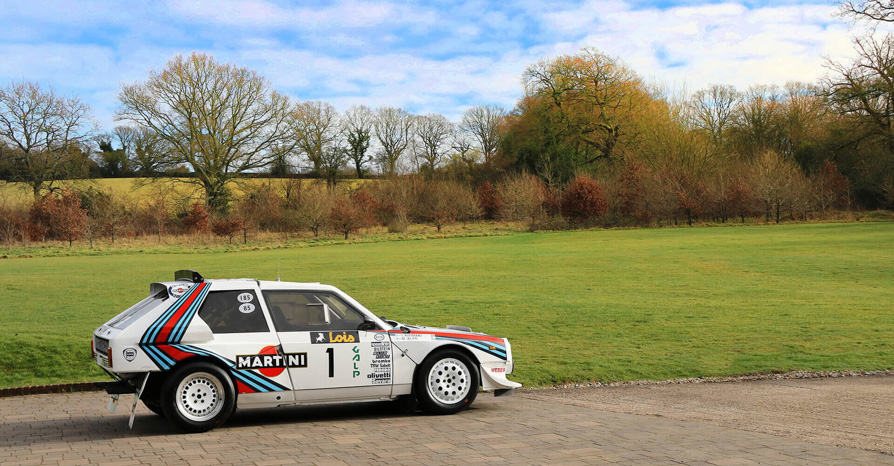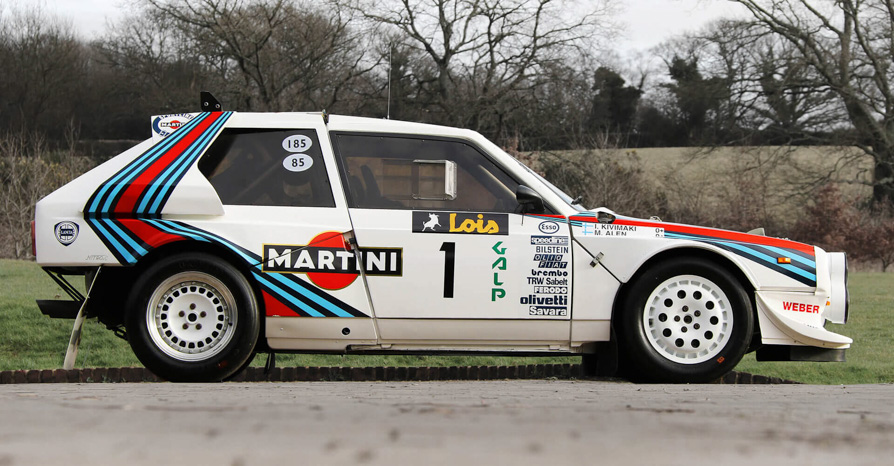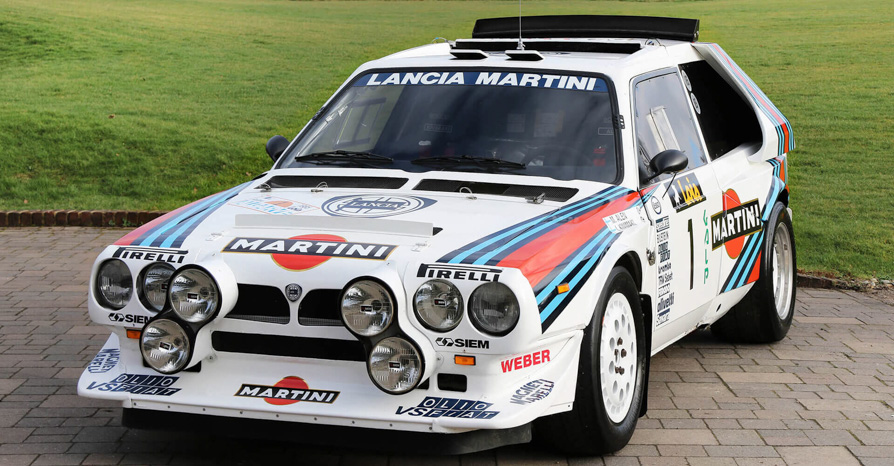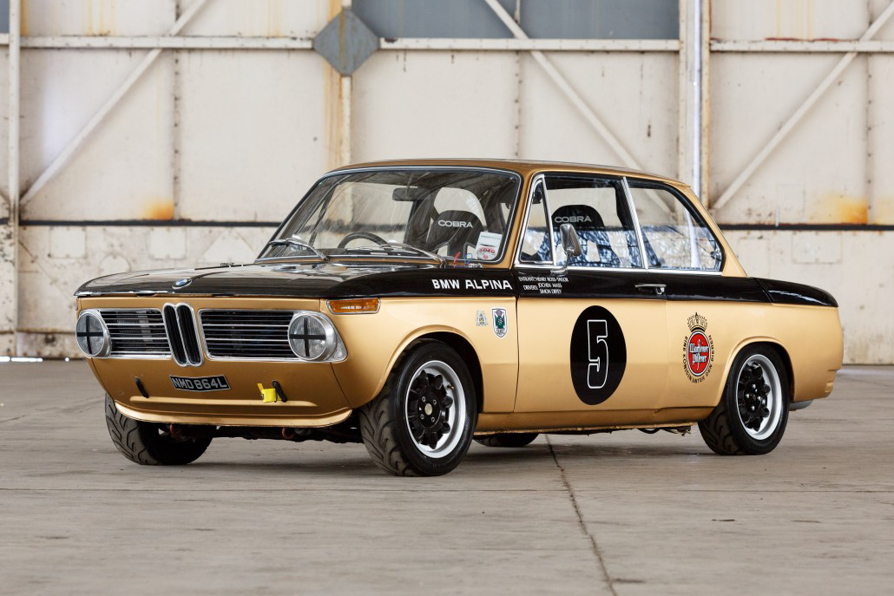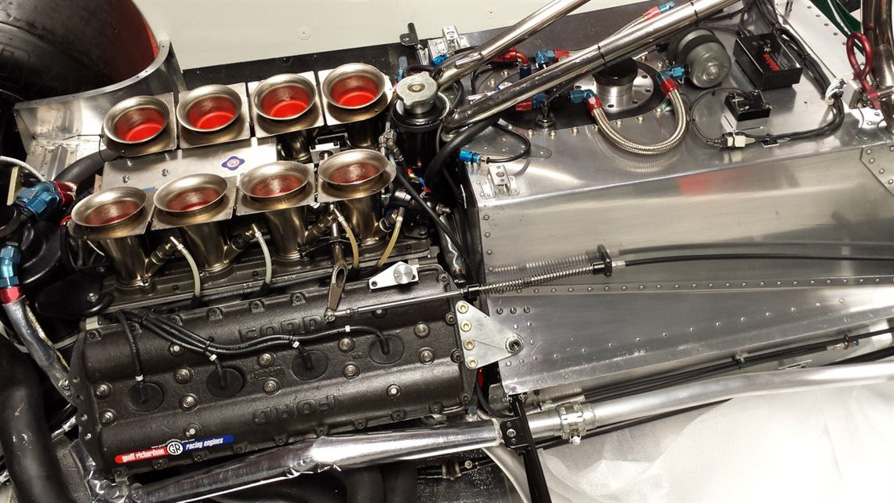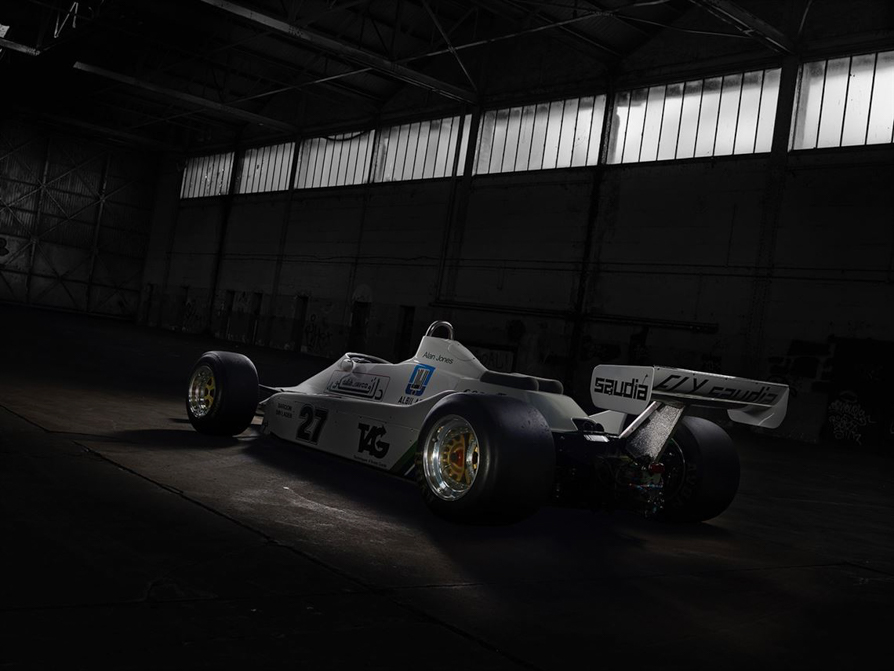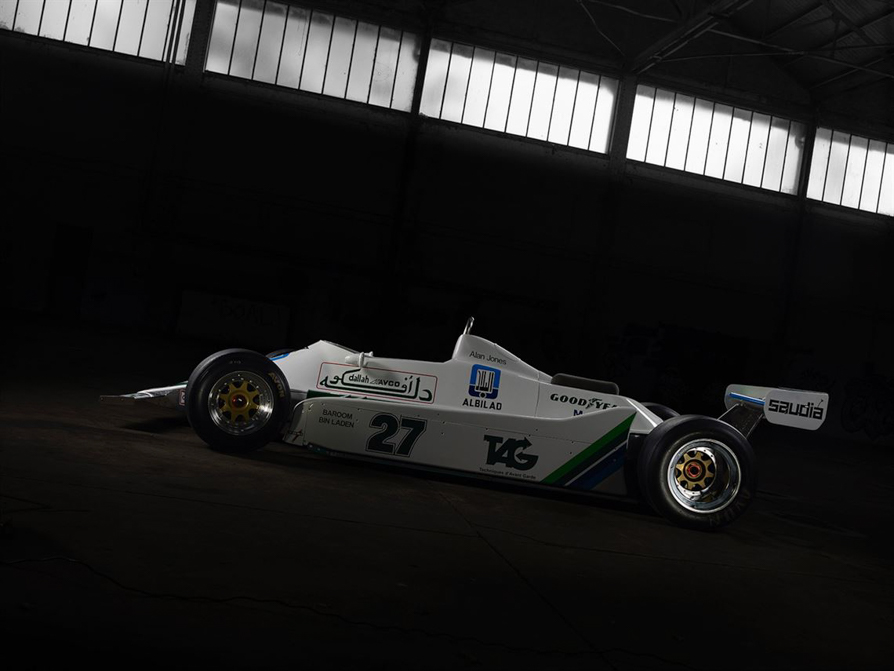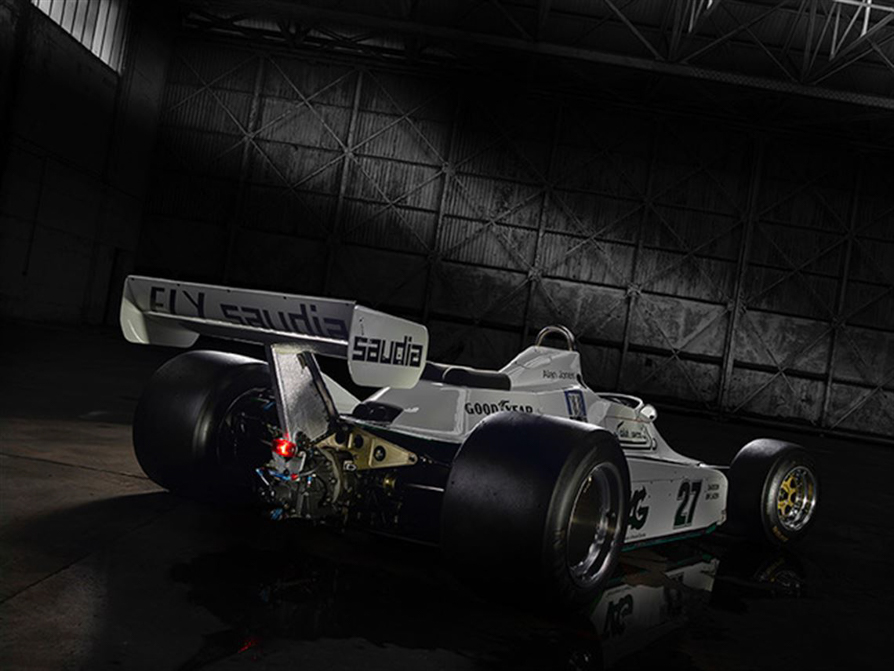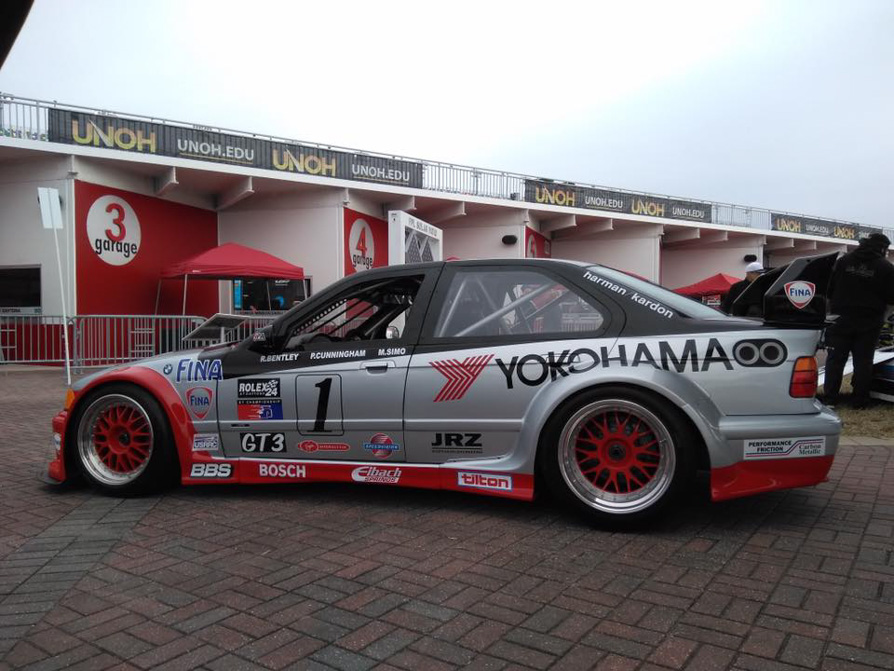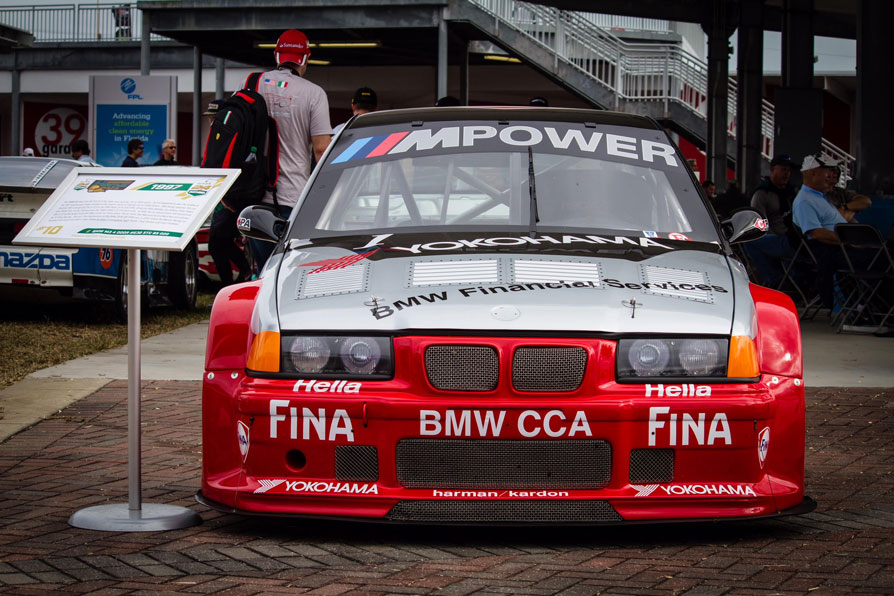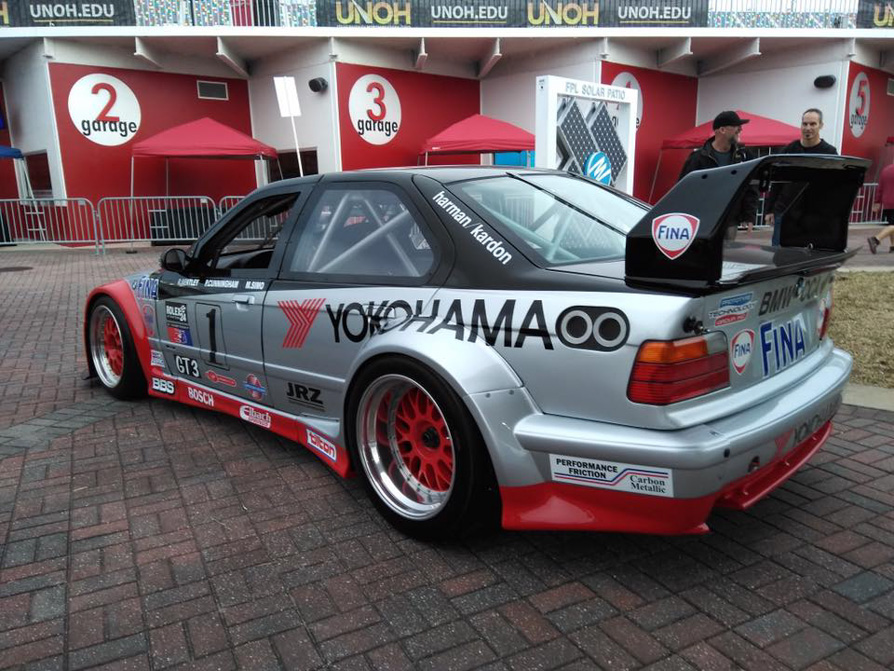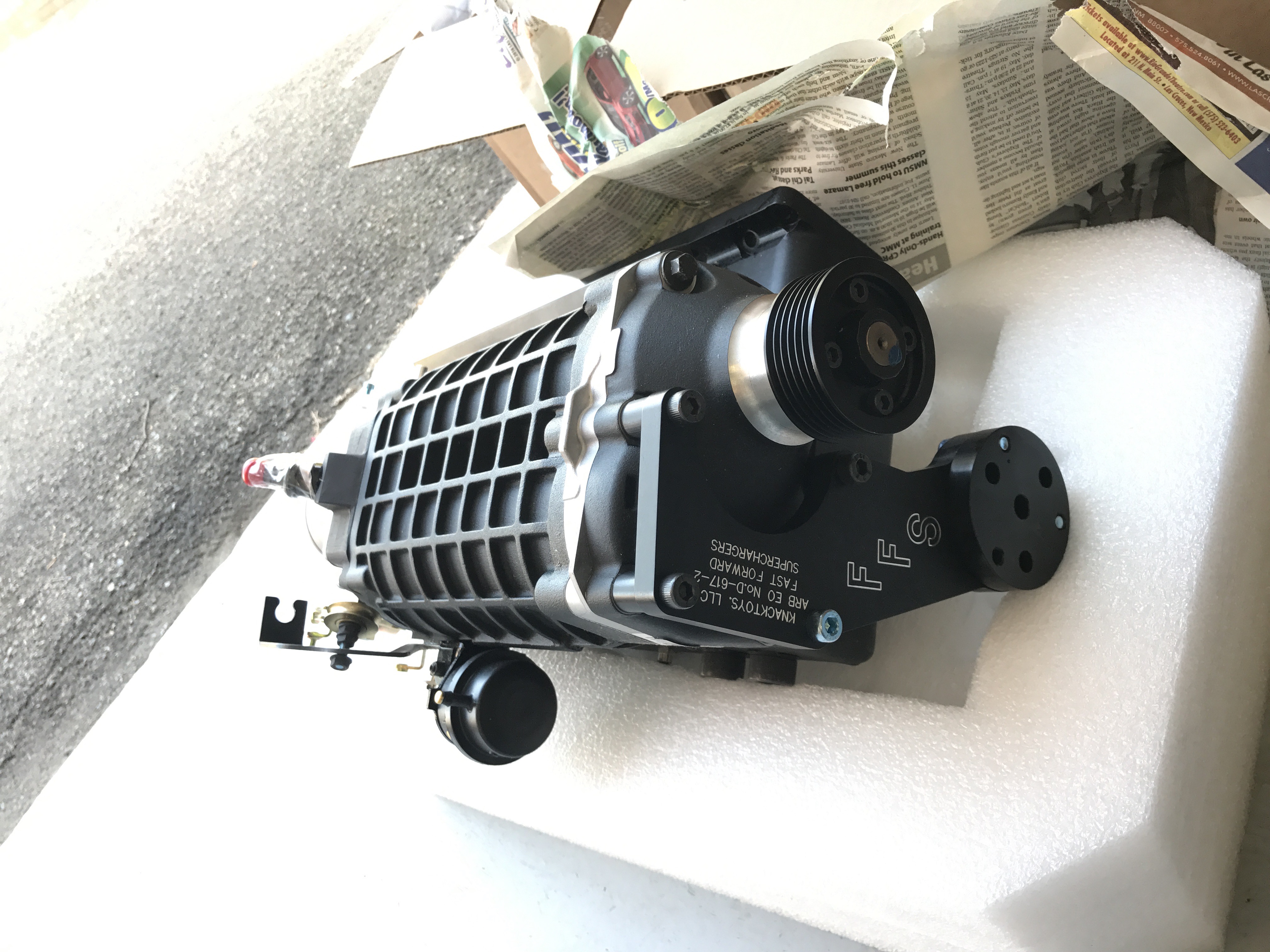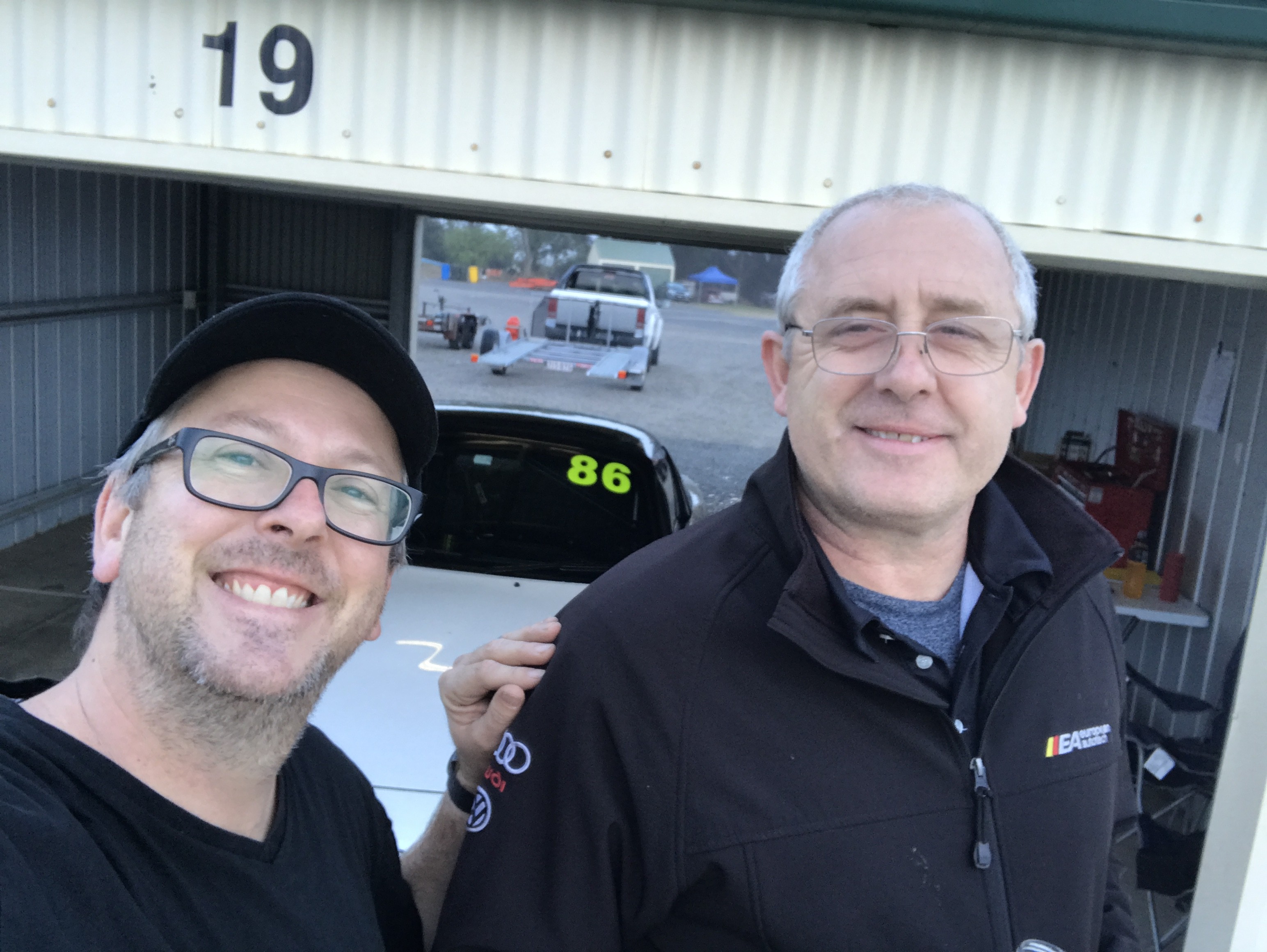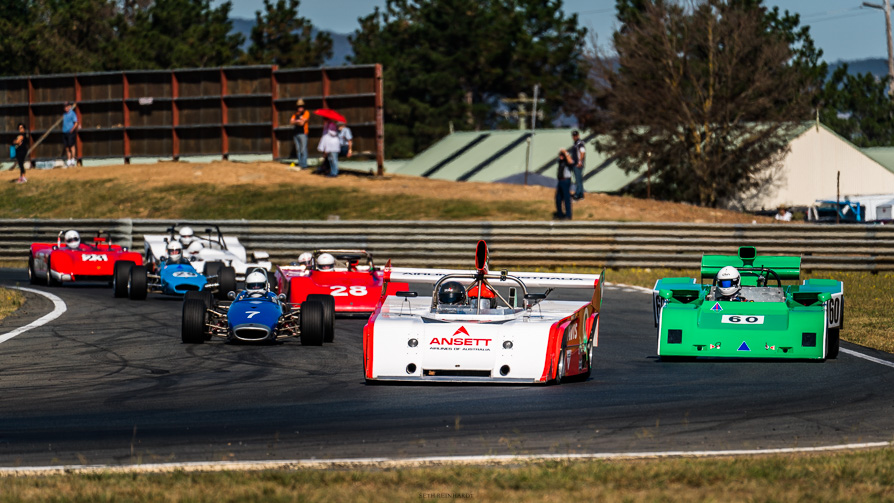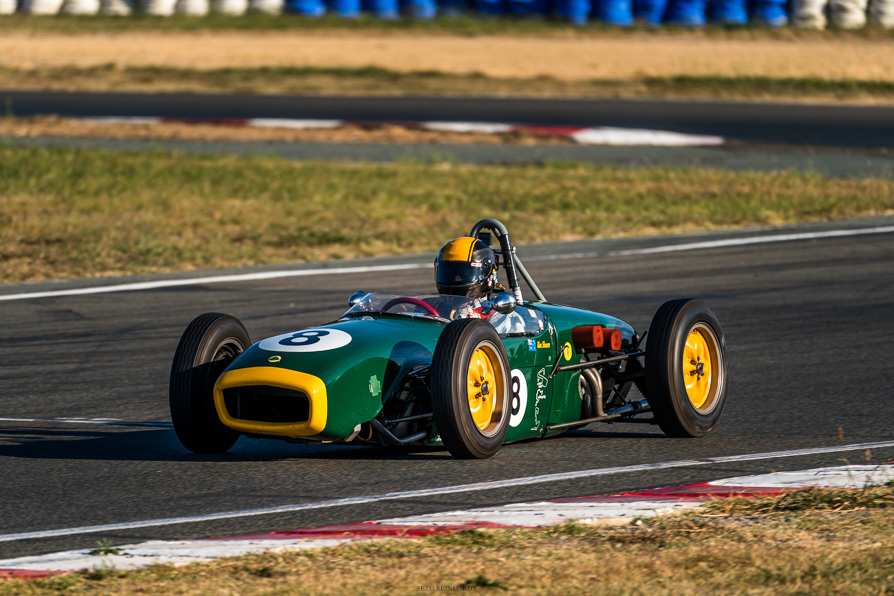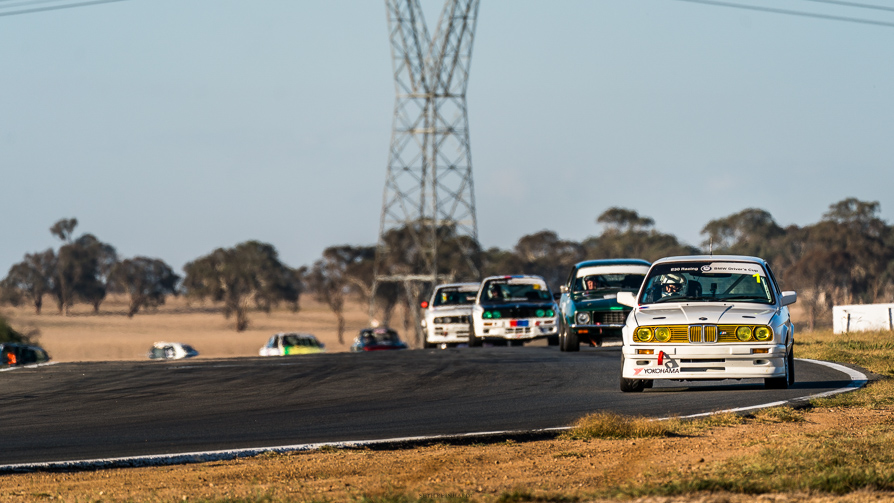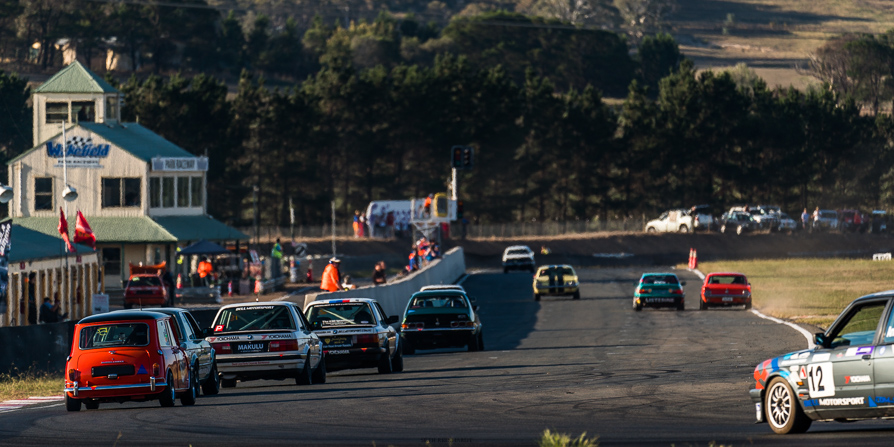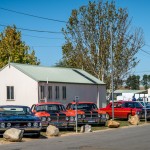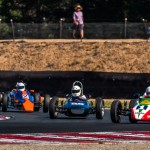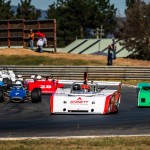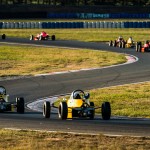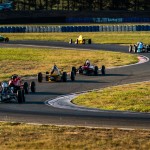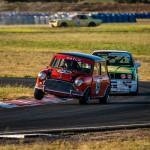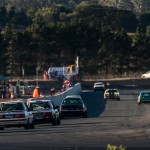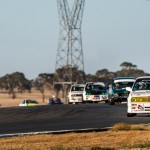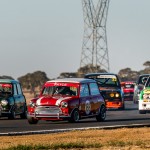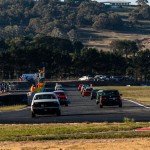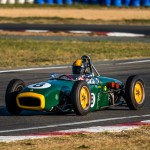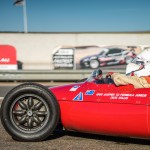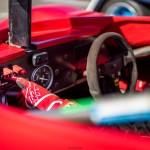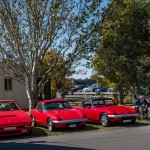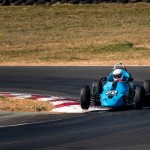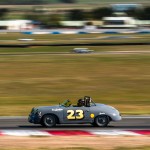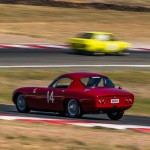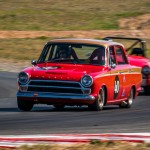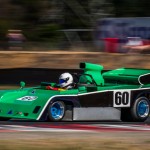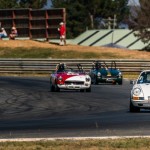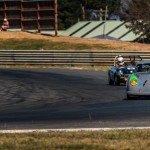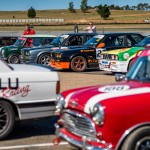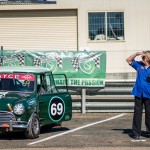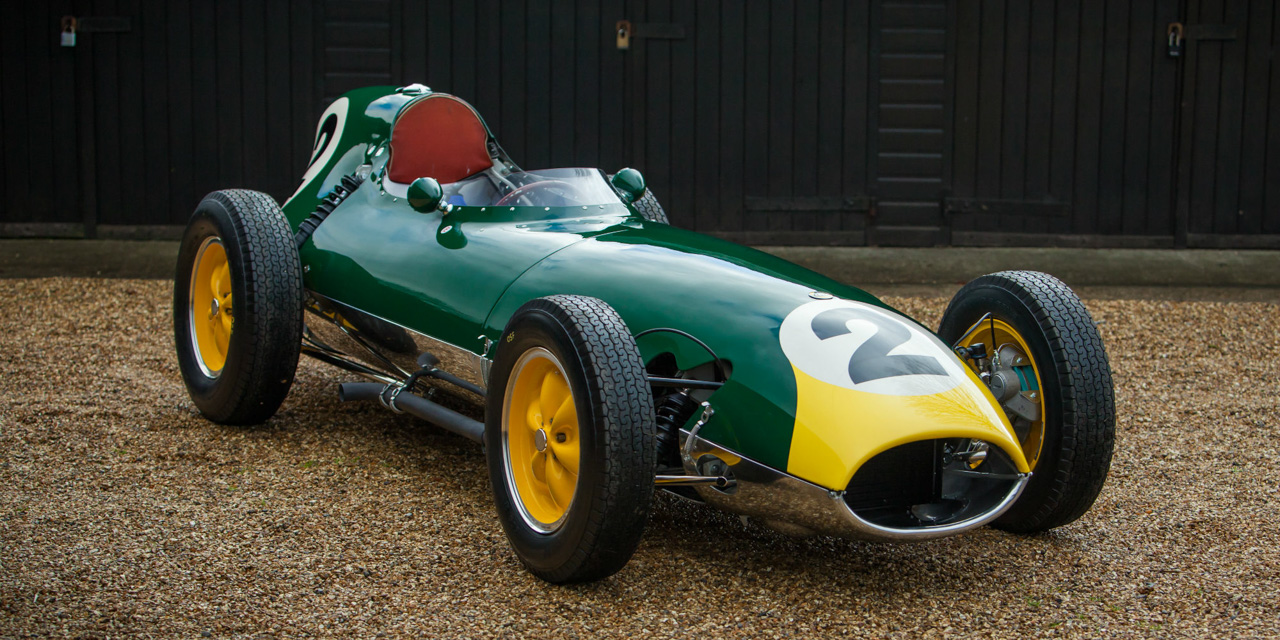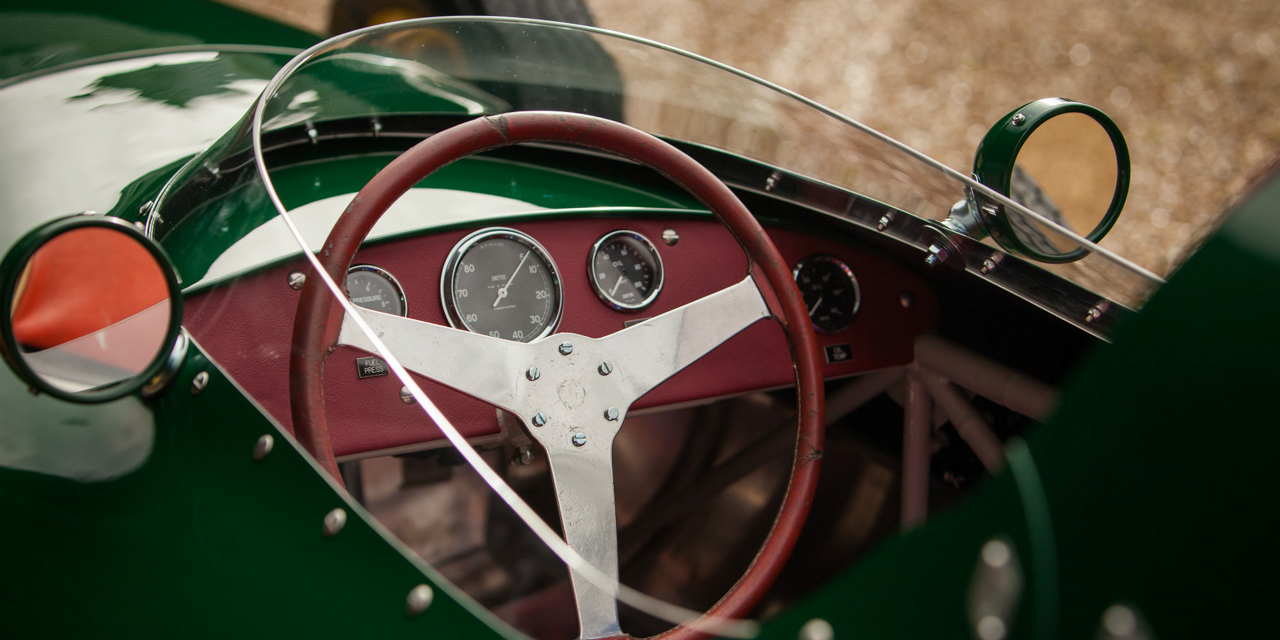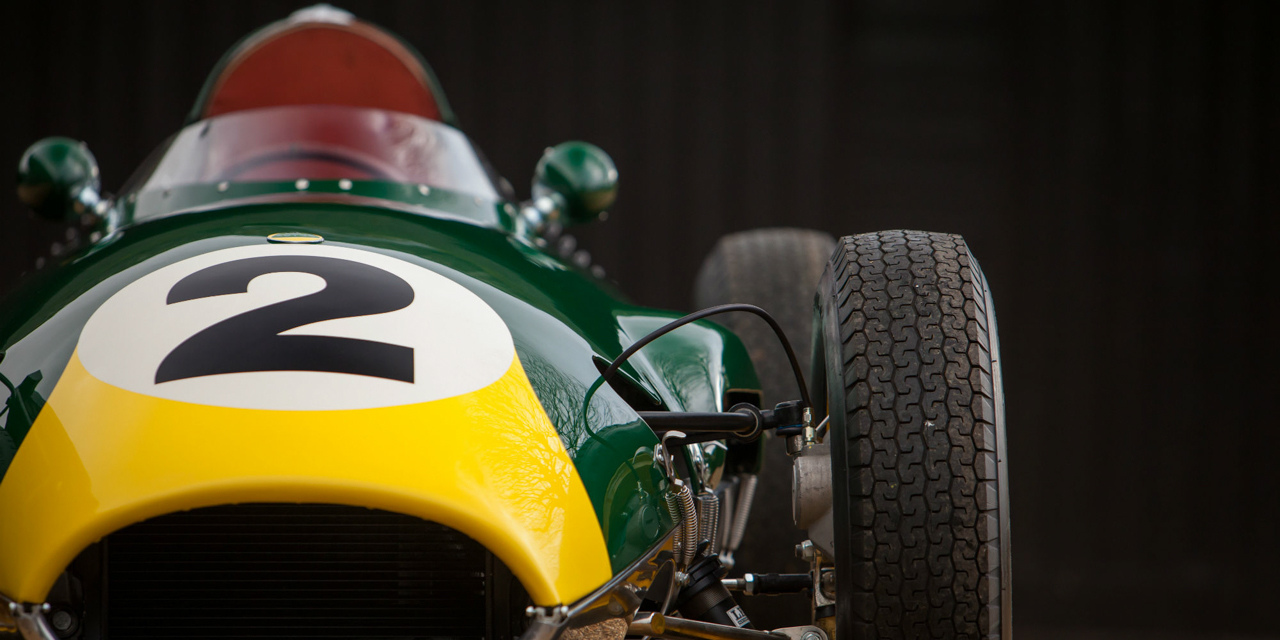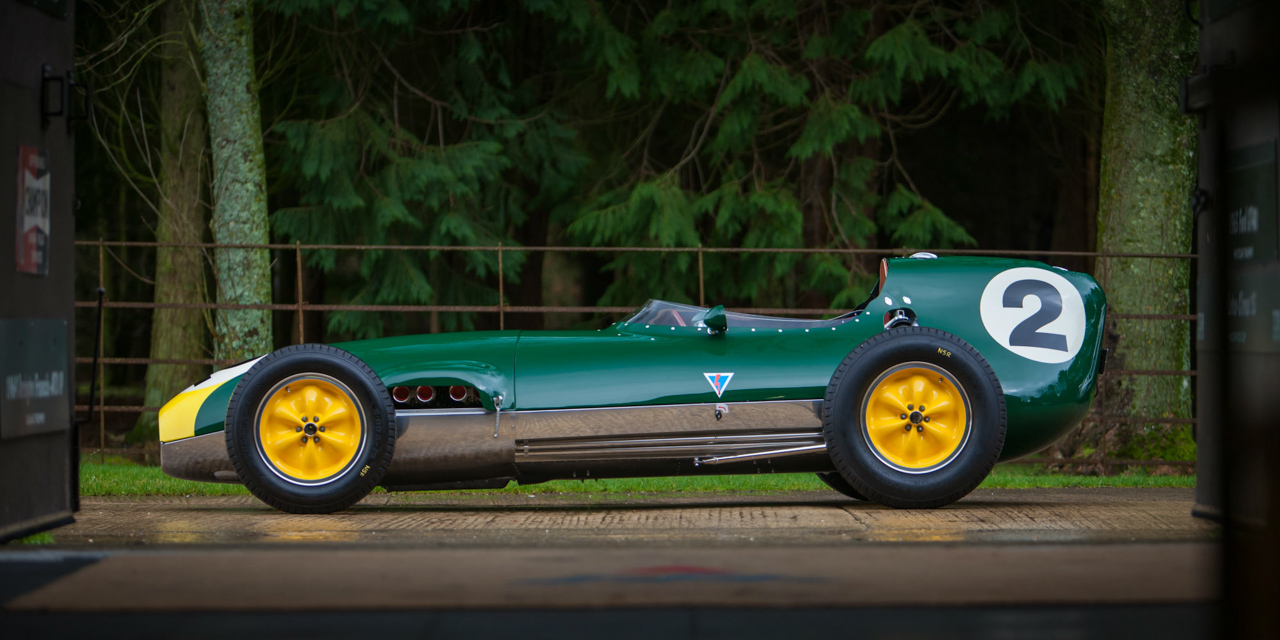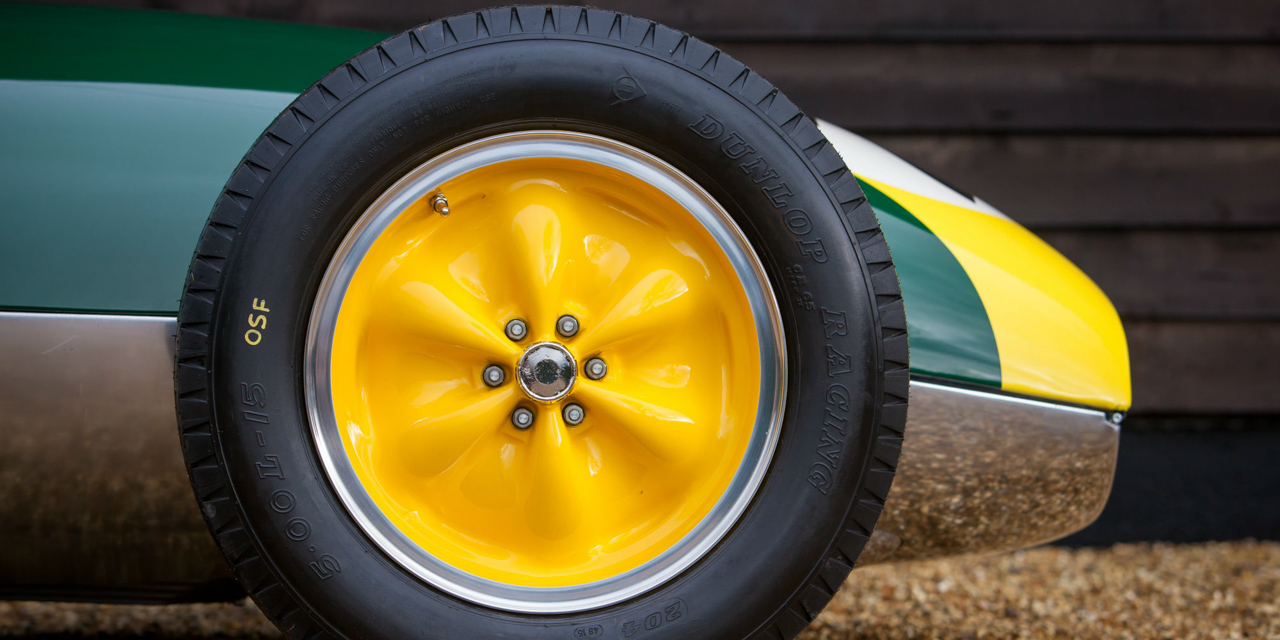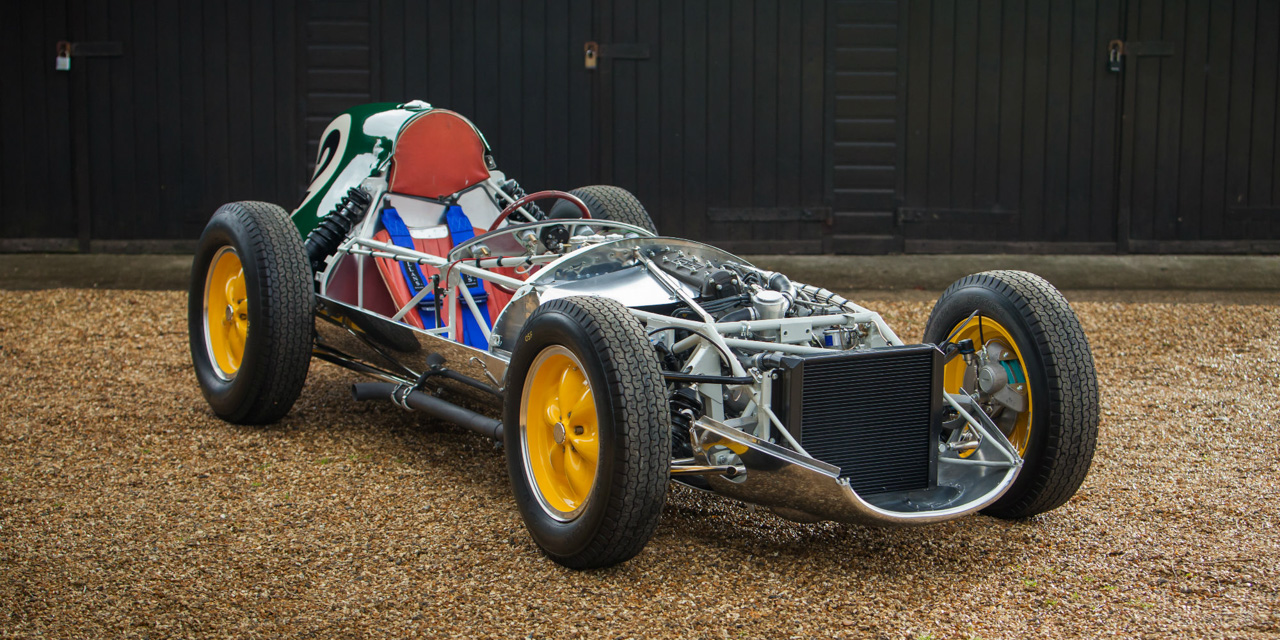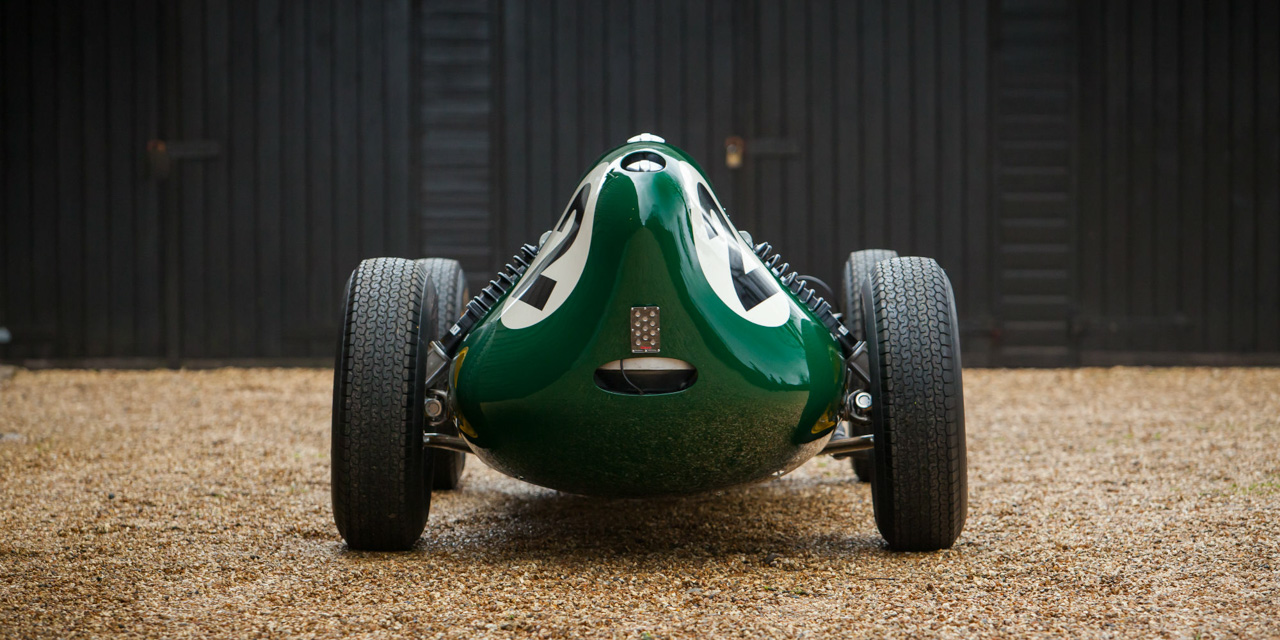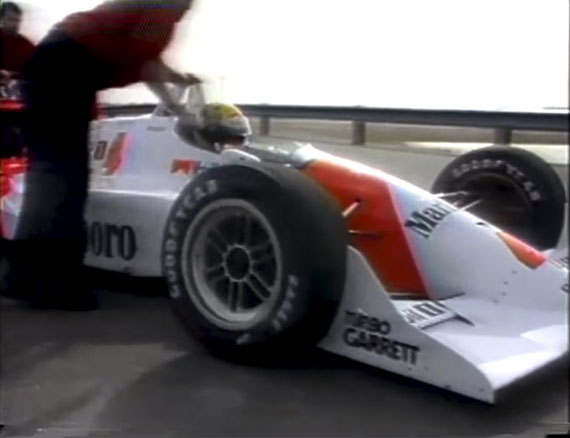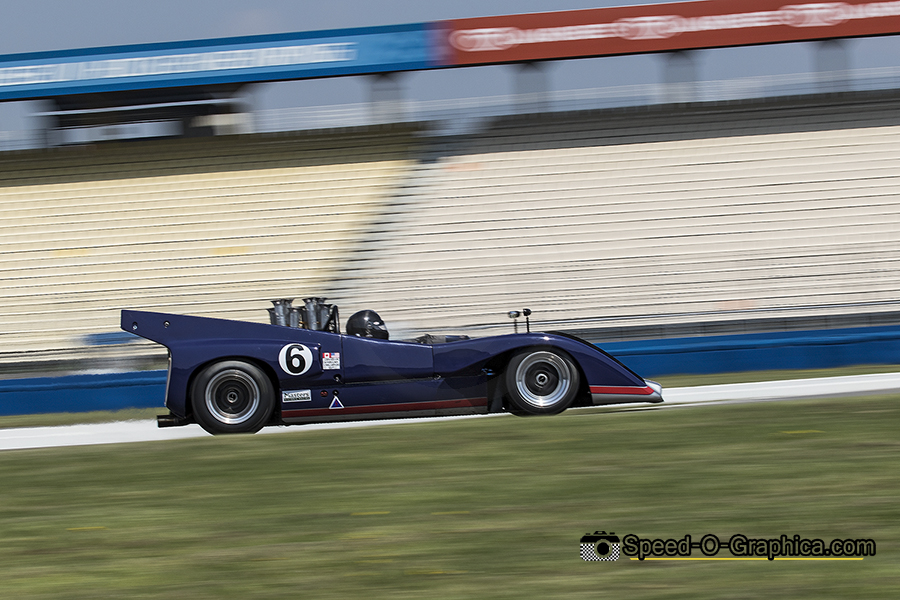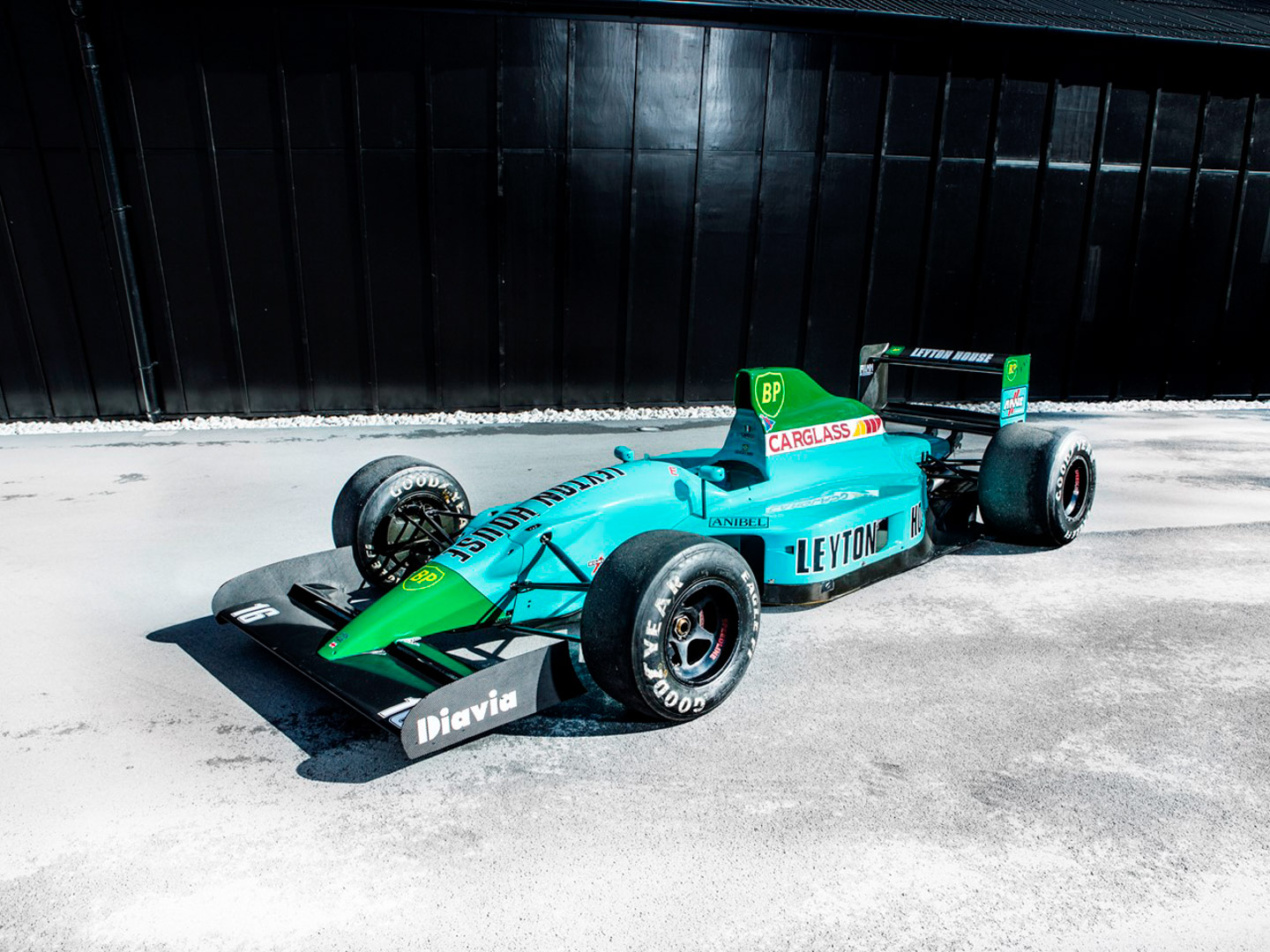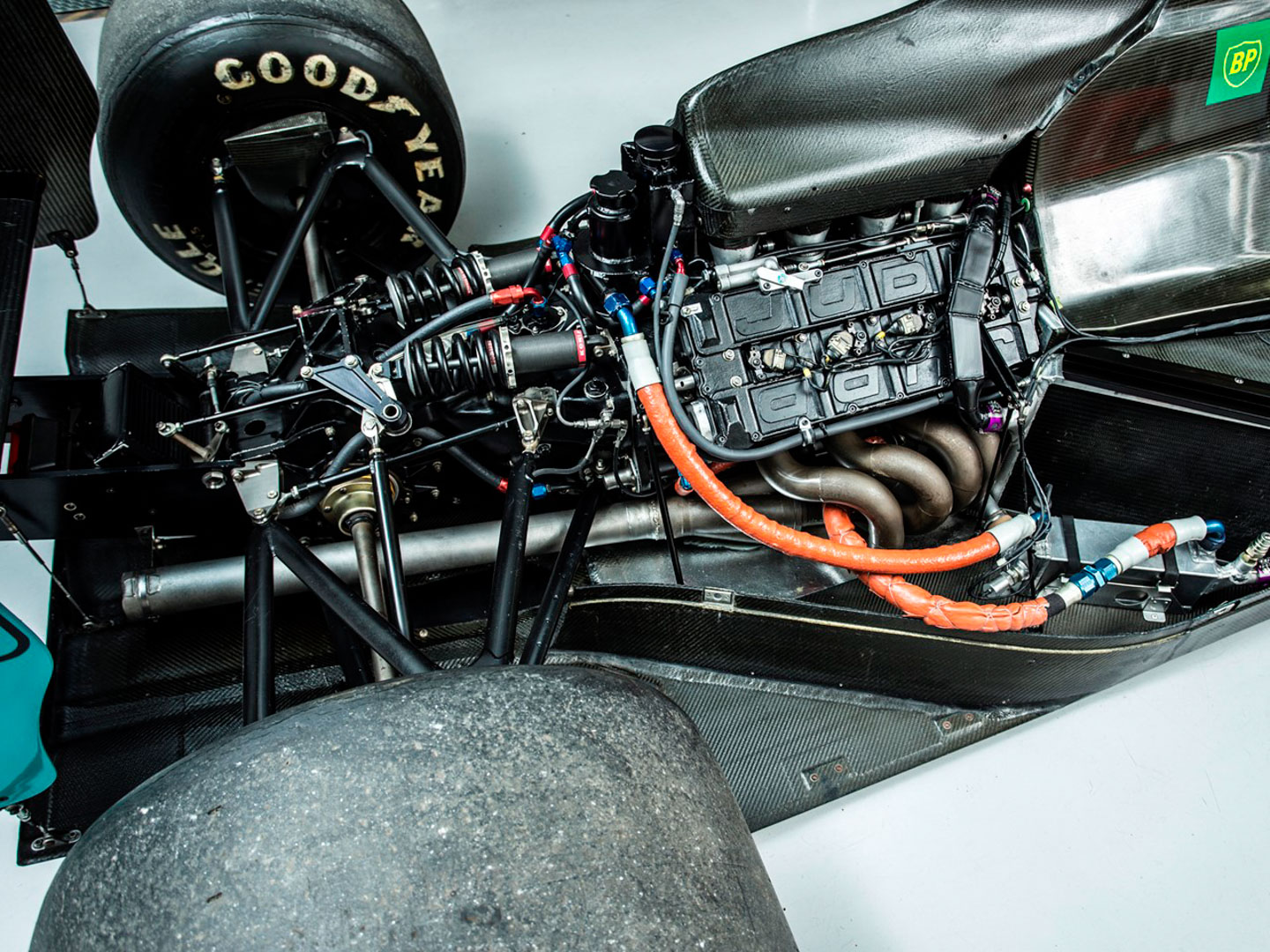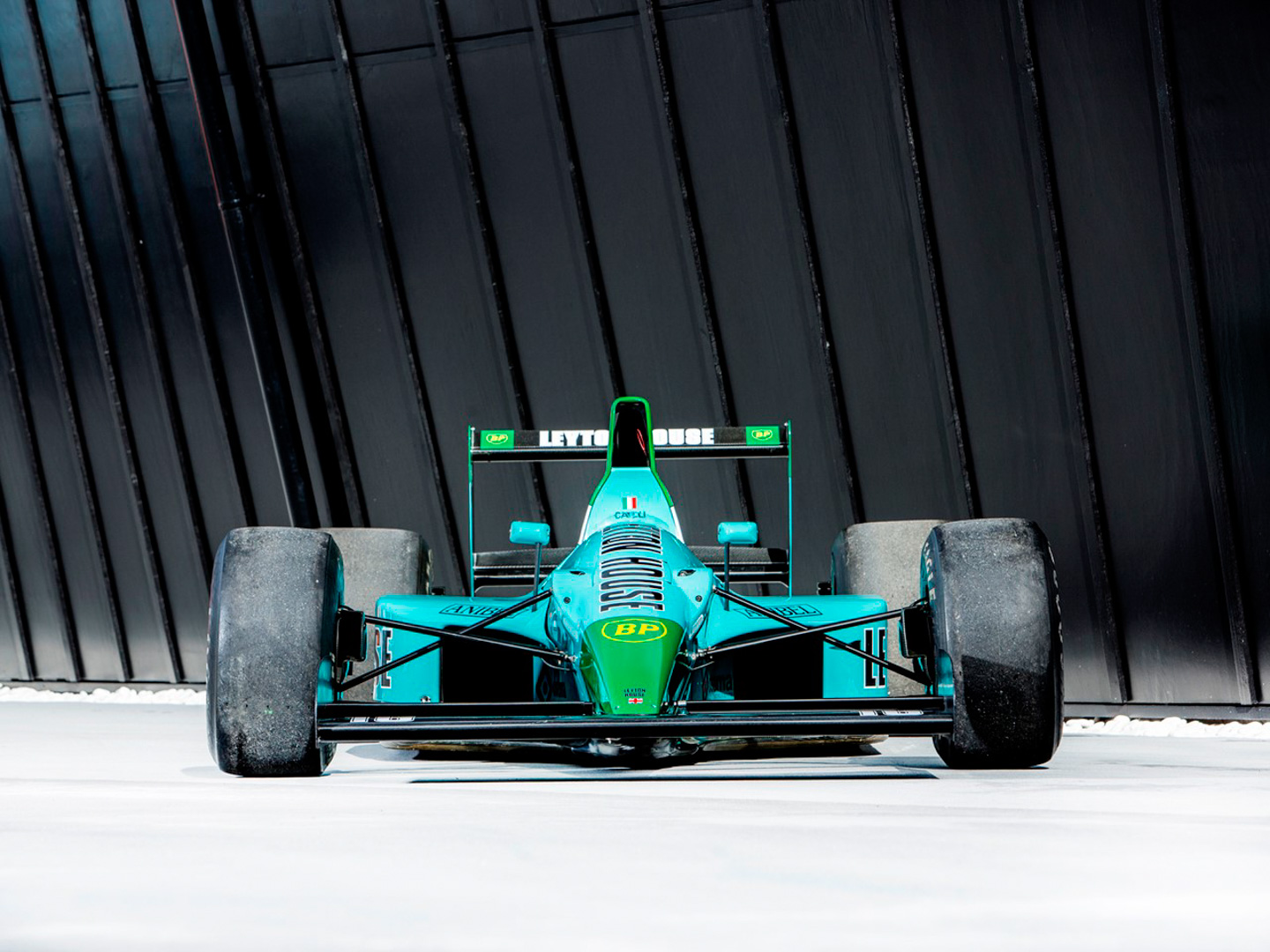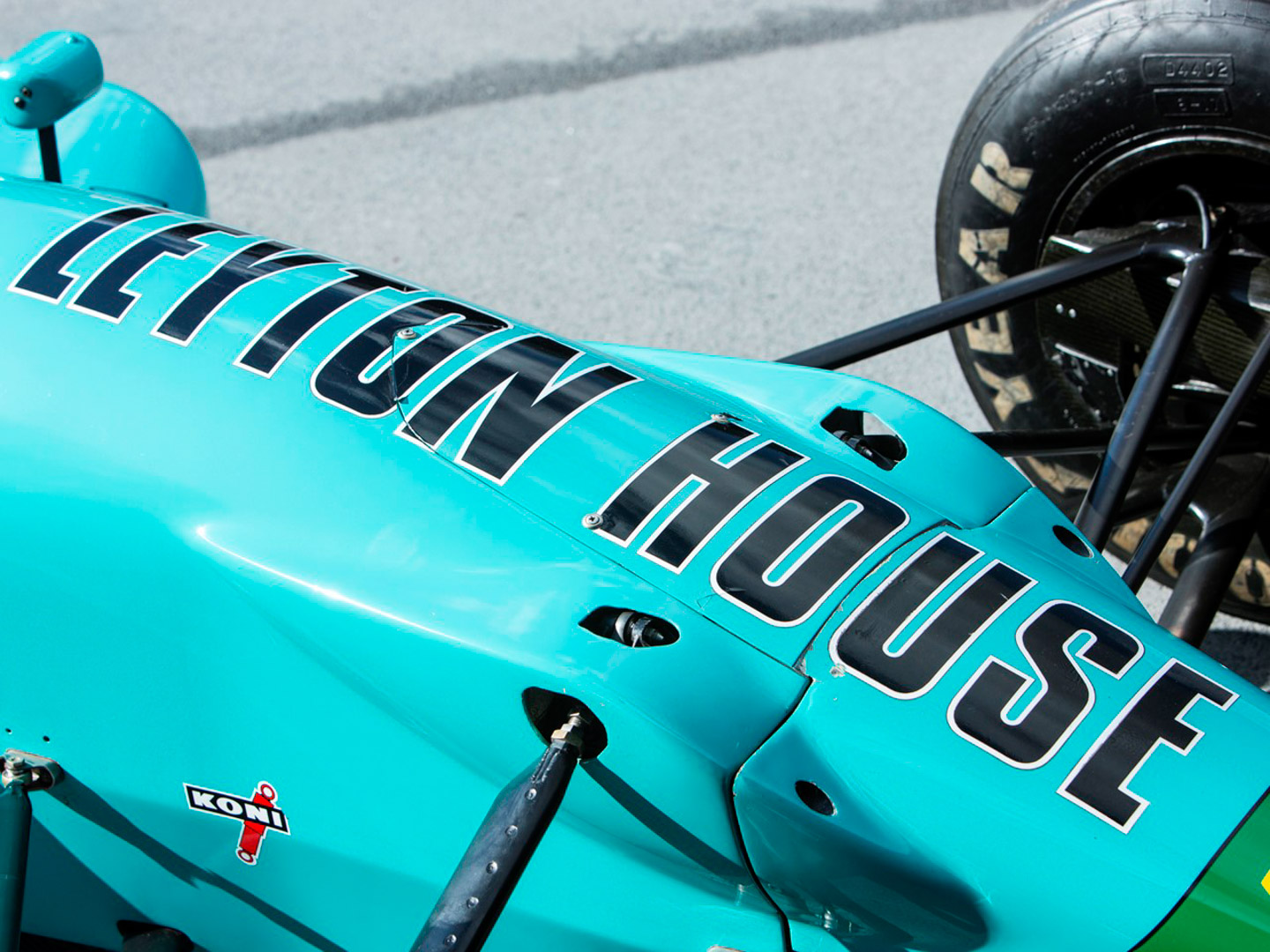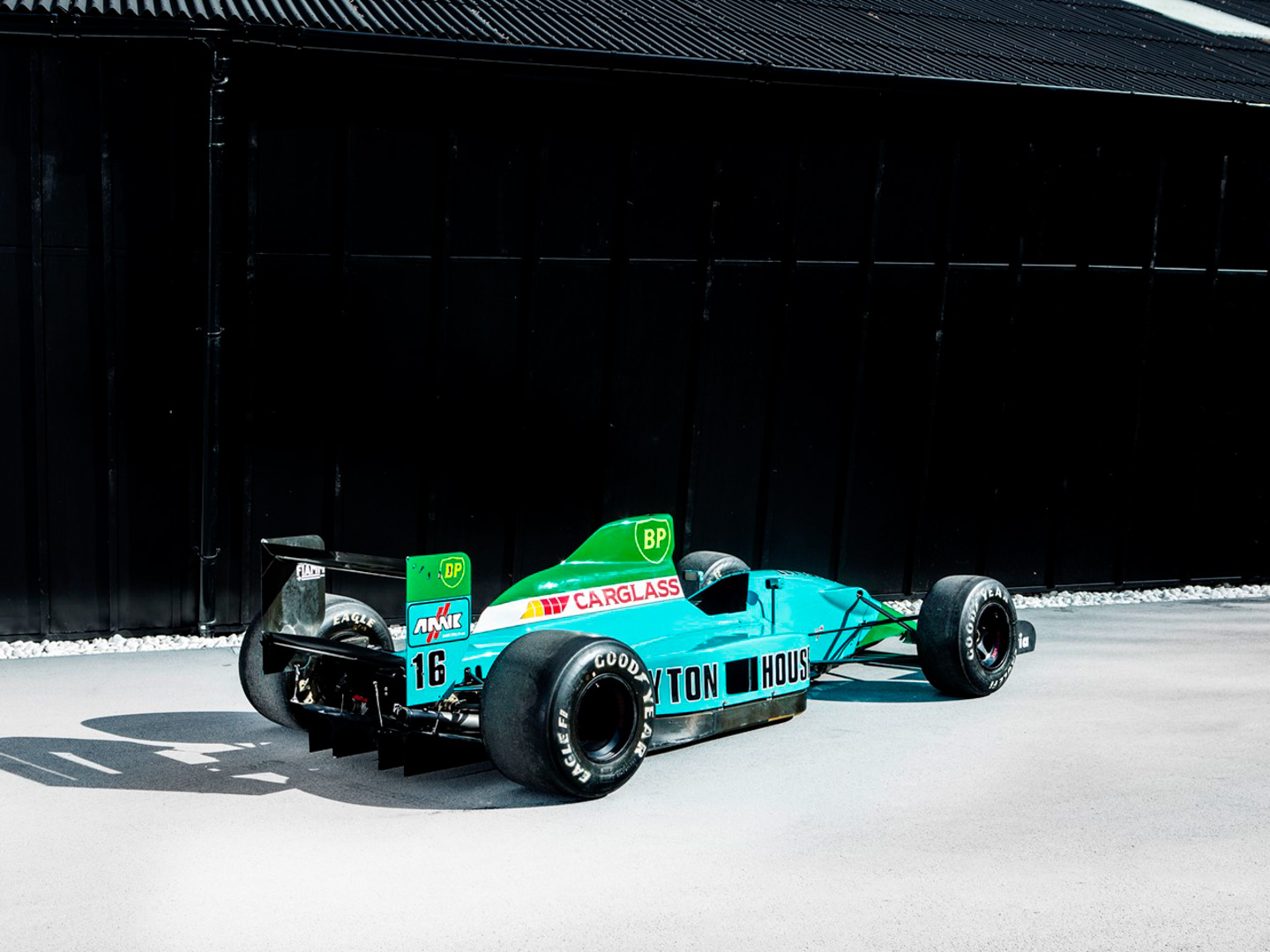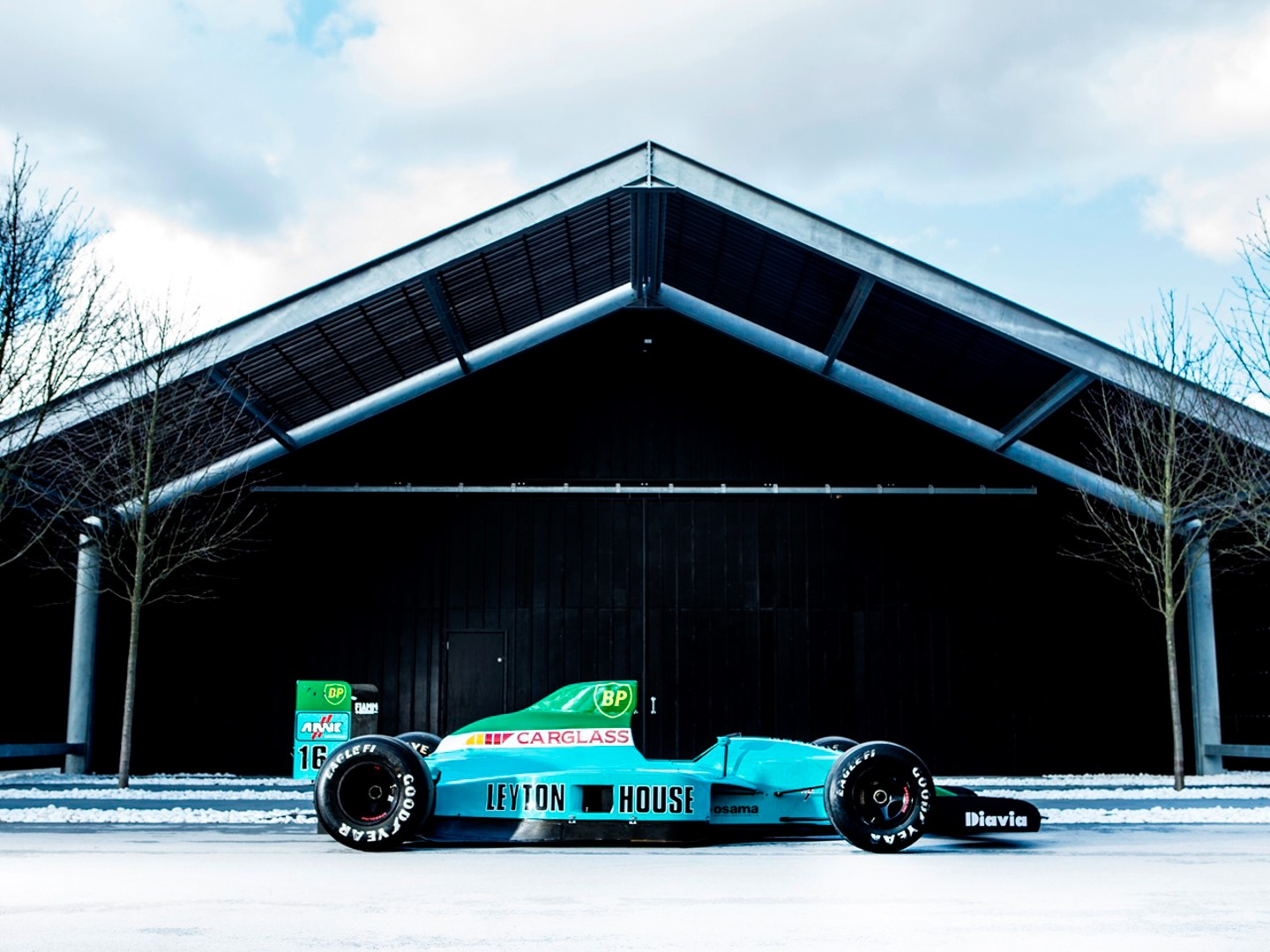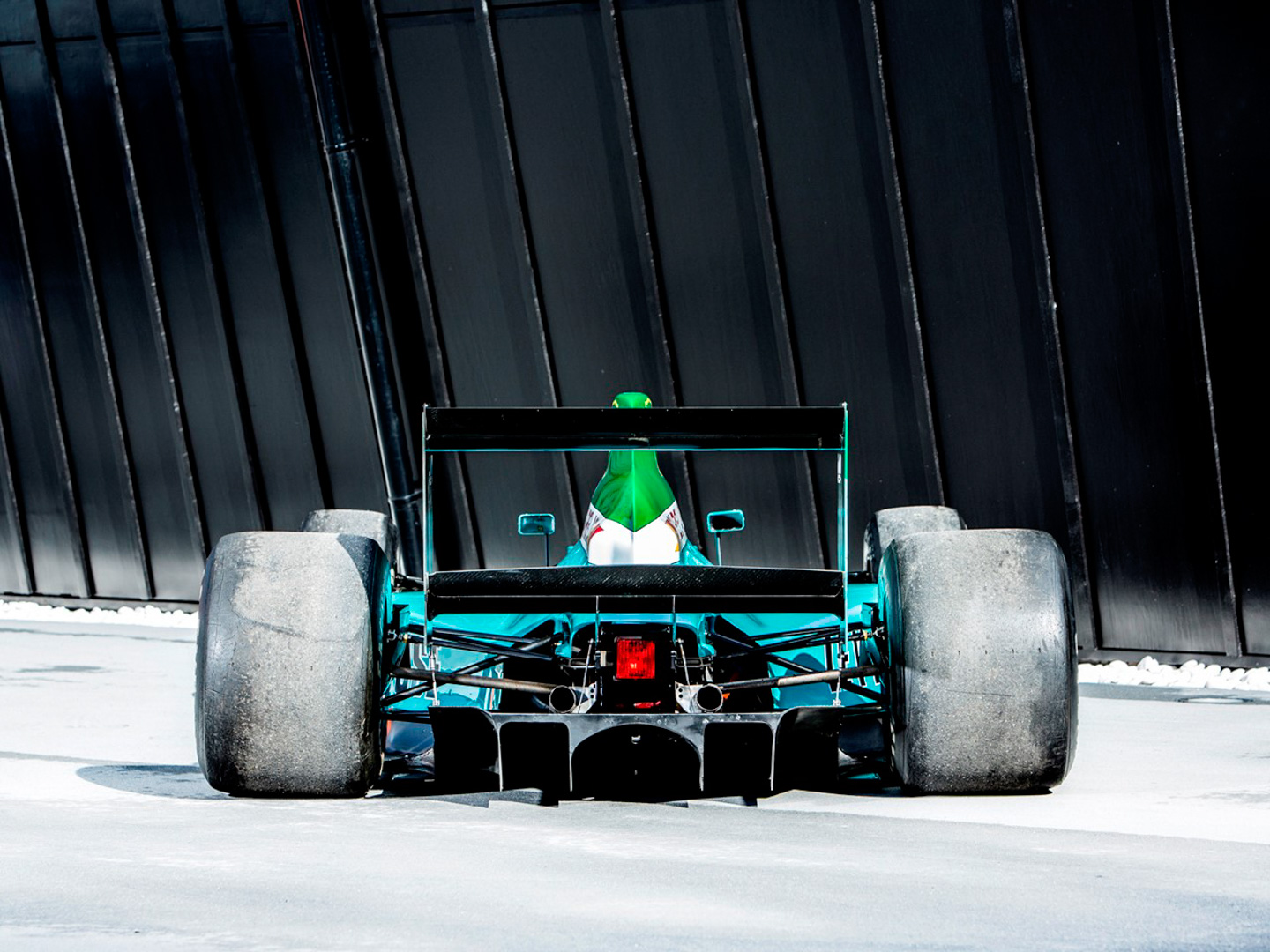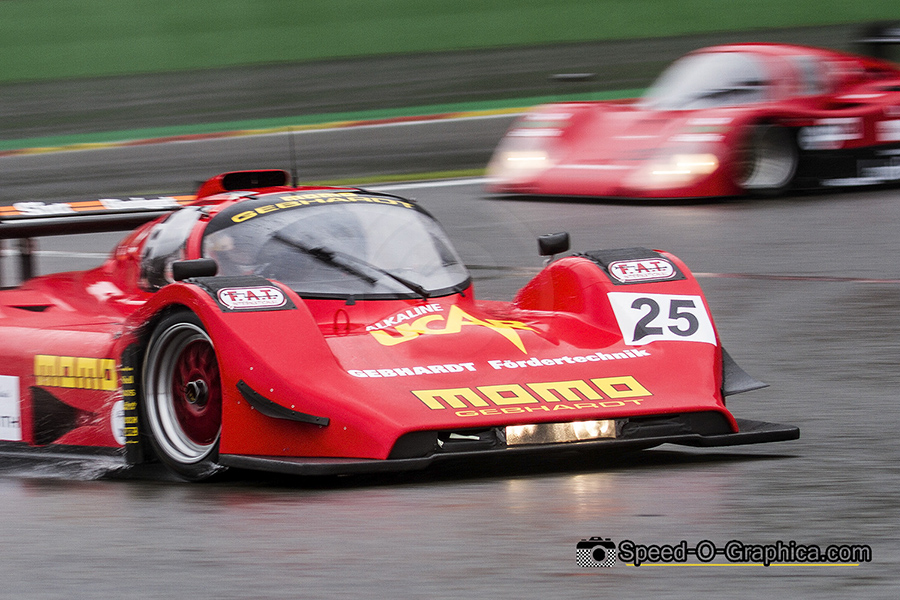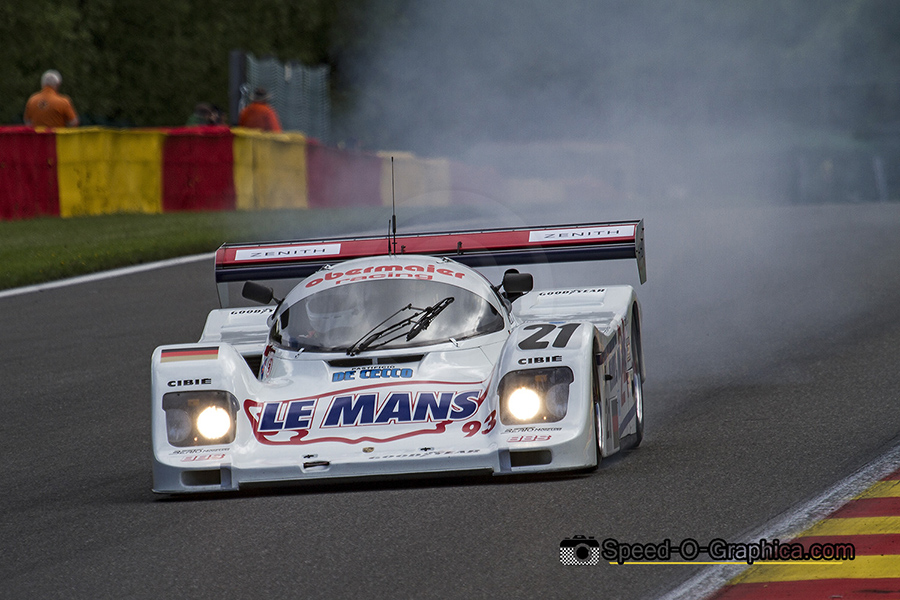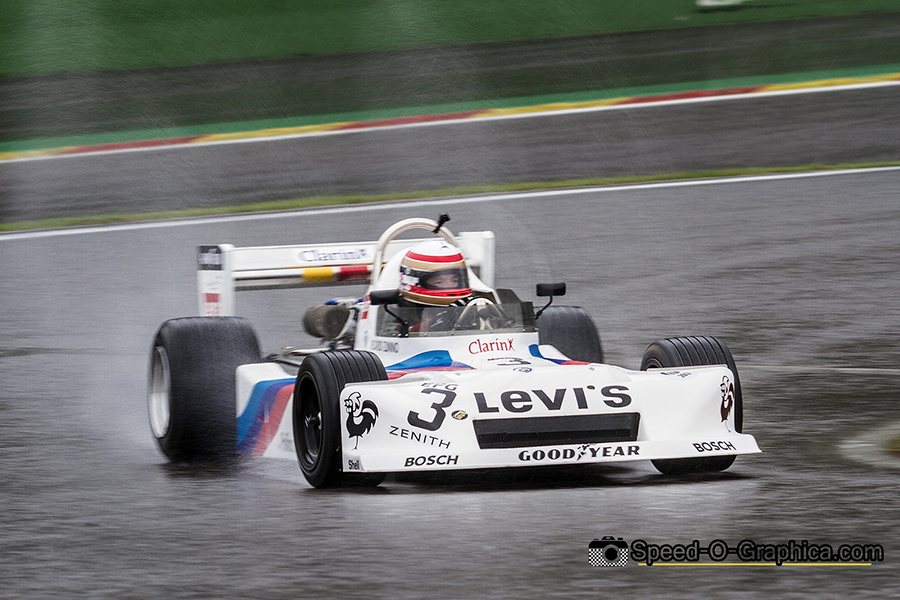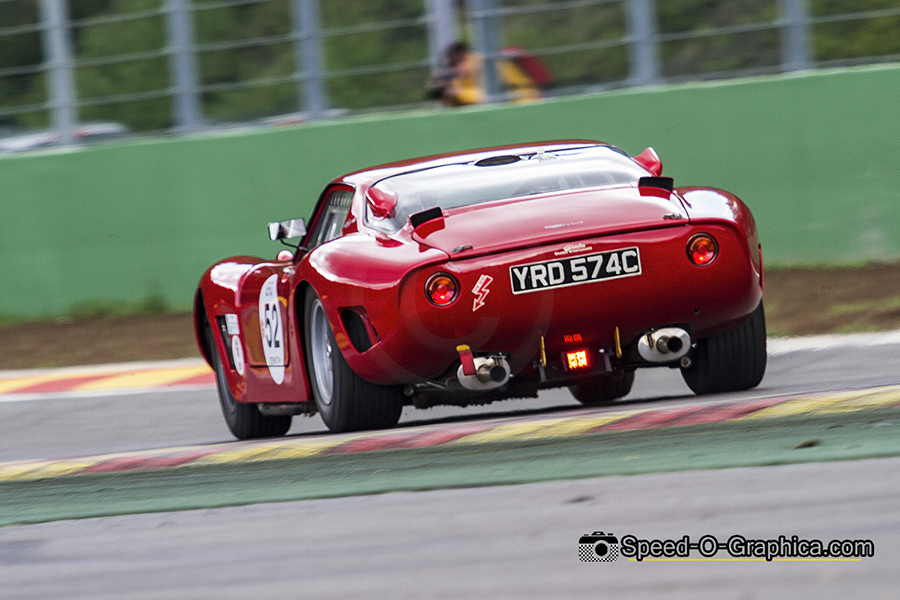![]()
by Marcel Hundscheid/Speed-O-Graphica.com
Please sit back and enjoy our report and gallery from the Bosch Hockenheim Historic – the Jim Clark Revival 2018, which was held over April 20-22 at the Hockenheimring.
The Hockenheimring celebrated the opening of the 2018 motorsport season with the Bosch Hockenheim Historic – Jim Clark Revival during the weekend of April 20-22. A record crowd of 25,000 spectators gathered to enjoy the sights and sounds of 500 historic racing and sports cars playing on the sun-drenched circuit.
Traditionally the Bosch Hockenheim Historic honours Jim Clark, and the 2018 event was an important one, commemorating the 50th anniversary of his death on April 7, 2018. The event itselvef presented a mixture of historic and contemporary motorsports and featured some unique cars.
In this article we will focus on some of the historic cars and racing series that saw action during the weekend. Besides cars, celebrity autograph hunters could complete their collection thanks to the presence of Jochen Mass, Christian Danner, Marco Werner and Ellen Lohr.
![]()
The sports cars of the Canadian American Challenge Cup are a consistent highlight of the event. Former CanAm big bangers battled it out with prototypes from the former Interseries.
During this year’s event a McLaren M8C/D, McLaren M8F and Lola T310 saw fierce competition from a 3.0-liter Cosworth DFV-powered Lola T294. During the first race on Saturday, the Lola driven by Felix Haas from Switzerland outclassed the big CanAm bangers. On Sunday Haas was leading the race once again when he suffered a puncture and had to retire.
The McLaren M8C/D (chassis M8C/70/06) was first owned by Trojan. Toyota used this car as a development project and in 1972 it was driven by Gordon Dewar in the CanAm-series.
![]()
In the BOSS GP Series former Formula 1 cars go head to head against former GP2, Auto GP, World Series by Nissan and Renault and Superleague Formula cars. Within Europe the Big Open Single Seaters are known as the fastest race series.
The former F1 cars are characterised by their magnificent engine notes. Amongst the former F1 cars on track were a Toro Rosso STR1 and a Benetton B197. The Toro Rosso STR1 is identical to the Red Bull RB1 raced by Scuderia Toro Rosso in 2005, powered by the original Cosworth V10 F1 engine. Vitantonio Liuzzi and Scott Speed raced this car in 2006.
The Benetton B197, powered by a Renault V10, was originally raced by Gerhard Berger, who won the German Grand Prix in 1997. Nowadays this car is equipped with a Judd GV V10 engine.
Ingo Gerstl (Toro Rosso STR1) and Phil Stratford (Benetton B197) fought an intense battle on Saturday resulting in a 0.3 seconds lead at the finish line for Austrian Gerstl.
![]()
Another highlight was the season-opening race of historic Formula 2, with its fascinating variety of vehicles (Ralt, March, Chevron, Brabham, Lotus, etc.) The finish was identical in both races: Peter Hans (Ralt) ahead of Robert Simac and Torgny Johansson (both March).
Other historic single-seaters found their way to the starting grid in the FIA Formula Junior and Historic Racing Association series. Over 40 cars entered the grid for the Youngtimer Touring Car Challenge. Former DTM-team manager Peter Mücke dominated the three races with his commanding Ford Capri Zakspeed Turbo.
![]()
The Touringcar Classics celebrated their debut at the Bosch Hockenheim Historic, presenting cars mainly from the DTM championship. Jörg Hatscher and Thorsten Stadler, champion and runner-up of the previous year, teamed up in Hatscher’s Mercedes AMG C-Class as Stadler’s regular former Ellen Lohr Mercedes C-Class had suffered an engine failure. Hatscher and Stadtler scored victory in front of the former Christian Danner Alfa 155 V6 driven by Stefan Rupp.
![]()
Another remarkable car was the Williams FW09, in fact the first Williams F1 car powered by a 850 hp turbocharged Honda 1.5 liter V6-engine. Williams debuted the FW09 at the 1983 South African Grand Prix. The car suffered from unpredictable handling caused by sudden bursts of power that made it nearly undriveable.
Keke Rosberg and Jacques Lafitte raced it during the 1984 season and, from the 16 races, accumulated no less than 21 retirements between them. Rosberg, however, managed to win the US Grand Prix in Dallas and he scored a second place in Brazil.
The car was demonstrated at Hockenheim by Jo Vonlanthen from Switzerland, who debuted at the 1975 Austrian Grand Prix with a Williams FW03.
![]()
March 842-BMW (chassis #12) is a former F2 works car of Yokohama in Japan, originally sold by March to Yokohama in 1984. In addition to some entries in the Japanese Formula 2 series the car was mainly used for tyre tests. In 1989 chassis #12 came to Germany and was used in 1990 by Dieter Riegl in the Inter Series championship. In 2007 it was given a complete restoration including a new BMW F2 engine and a FT200 transmission at the beginning of 2008.
![]()
Reynard 91D F3000 was built by Reynard in 1991 and raced in the official F3000 championship. The FIA created the Formula 3000 International Championship in 1985 as a feeder series for Formula 1. Formula 3000 was meant as a cheaper and quicker race series in comparison to Formula 2 during that particular period. Reynard entered Formula 3000 in 1988, the beginning of a virtual Reynard monopoly. Pictured here is a Reynard 91D powered by a 3.8 liter Holden V6 engine creating 340 hp.
![]()
The 2018 edition of the Bosch Hockenheim Historic was one for the history books, featuring 500 historic cars, a record crowd and outstanding weather. We can’t wait for the 2019 edition!
Results Bosch Hockenheim Historic – the Jim Clark Revival 2018:
BOSS GP race 1
1) Ingo Gerstl Toro Rosso STR1
2) Phil Stratford Benetton B197 + 0.385
3) Florian Schnitzenbaumer Dallara GP2 + 2.508
BOSS GP race 2
1) Ingo Gerstl Toro Rosso STR1
2) Phil Stratford Benetton B197 + 3.059
3) Florian Schnitzenbaumer Dallara GP2 + 1:07.803
Canadian American Challenge Cup race 1
1) Felix Haas Lola T294
2) Henry v.d. Amalien McLaren M8C/D + 1 lap
3) Peter Schleifer McLaren M8F + 13.286
Canadian American Challenge Cup race 2
1) Georg Hallau Lola T310
2) Peter Schleifer McLaren M8F + 57.294
3) Henry v.d. Amalien McLaren M8C/D + 1:32.648
FIA Lurani Trophy race 1:
1) Bruno Weibel Lotus 22
2) Pierre Tonetti Brabham BT6 + 1.999
3) Philipp Buhofer Lotus Mk.5A + 16.495
FIA Lurani Trophy race 2:
1) Bruno Weibel Lotus 22
2) Pierre Tonetti Brabham BT6 + 2.417
3) Philipp Buhofer Lotus Mk.5A + 4.255
Historic Formula 2 race 1:
1) Peter Hans Ralt RT1
2) Robert Simac March 712M + 15.098
3) Torgny Johansson March 782 + 35.657
Historic Formula 2 race 2:
1) Peter Hans Ralt RT1
2) Robert Simac March 712M + 13.805
3) Torgny Johansson March 782 + 28.419
HRA Historic Race Association race 1:
1) Thomas Warken Ralt RT3/84
2) Stefan Scho Ralt RT3/84 + 5.634
3) Bruno Houzelot Ralt RT3/84 + 15.929
HRA Historic Race Association race 2:
1) Davide Leone March 783
2) Thomas Warken Ralt RT3/84 + 4.146
3) Bruno Houzelot Ralt RT3/84 + 6.045
Lotus Cup Europe race 1:
1) Steve Williams Lotus Evora GT4
2) Bence Balogh Lotus Evora GT4 + 0.978
3) Jason McInulty Lotus Evora GT4 + 3.368
Lotus Cup Europe race 2:
1) Steve Williams Lotus Evora GT4
2) Bence Balogh Lotus Evora GT4 + 1.130
3) John Rasse Lotus Exige V6 Cup R + 4.817
STT H&R Cup race 1:
1) Jürgen Alzen Ford GT
2) Jürgen Bender Corvette Z06 GT3-R + 2.343
3) Ulrich Becker Porsche 997 GT3-R + 26.857
STT H&R Cup race 2:
1) Jürgen Bender Corvette Z06 GT3-R
2) Mario Hirsch Mercedes AMG GT + 3.839
3) Jürgen Alzen Ford GT + 7.081
Tourenwagen Classics race 1:
1) Jörg Hatscher Mercedes AMG C-Class DTM
2) Stephan Rupp Alfa Romeo 155 V6 ITC + 2.520
3) Alexander Schmidt Renault Laguna BTCC + 3.731
Tourenwagen Classics race 2:
1) J. Hatscher/Th. Stadler Mercedes AMG C-Class DTM
2) Stephan Rupp Alfa Romeo 155 V6 ITC + 0.964
3) Alexander Schmidt Renault Laguna BTCC + 1 lap
Tourenwagen Revival RT1:
1) Jörg Koslowski BMW E46 WTCC
2) Kuno Schär Porsche 964 Cup
3) Thomas Feierabend BMW M1 Procar
Tourenwagen Revival RT2:
1) Jörg Koslowski BMW E46 WTCC
2) Marcel Höltschi Porsche 964 Cup
3) Dethelm Horbach Porsche 911 2.8 RSR
Triumph Competition & British GT race 1:
1) Philippe Vermast TVR
2) Paul Conway Morgan plus8 + 20.262
3) Marcel van Mulders Triumph TR4a + 1:01.618
Triumph Competition & British GT race 2:
1) Philippe Vermast TVR
2) Christian Graf von Wedel Lotus Elan 26R + 27.968
3) Paul Conway Morgan plus8 + 1:03.357
Youngtimer Touring Car Challenge race 1:
1) Peter Mücke Ford Zakspeed Turbo Capri
2) Achim Heinrich BMW M1 + 8.353
3) Daniel Schrey Porsche 935 + 55.718
Youngtimer Touring Car Challenge race 2:
1) ) Peter Mücke Ford Zakspeed Turbo Capri
2) Achim Heinrich BMW M1 + 13.298
3) Udo Rienhioff Shelby Cobra 427 + 58.733
Youngtimer Touring Car Challenge race 3:
1) Peter Mücke Ford Zakspeed Turbo Capri
2) Achim Heinrich BMW M1 + 50.874
3) Daniel Schrey Porsche 935 + 53.789
The post Report & Gallery: Bosch Hockenheim Historic – The Jim Clark Revival 2018 appeared first on Motorsport Retro.
![]()
